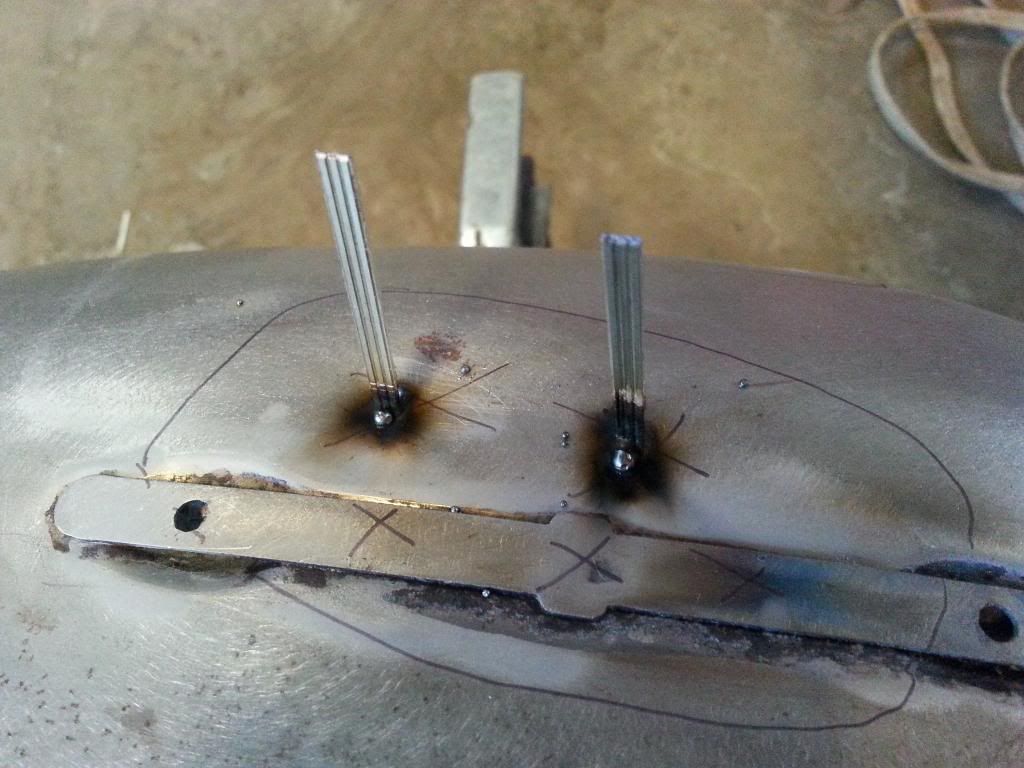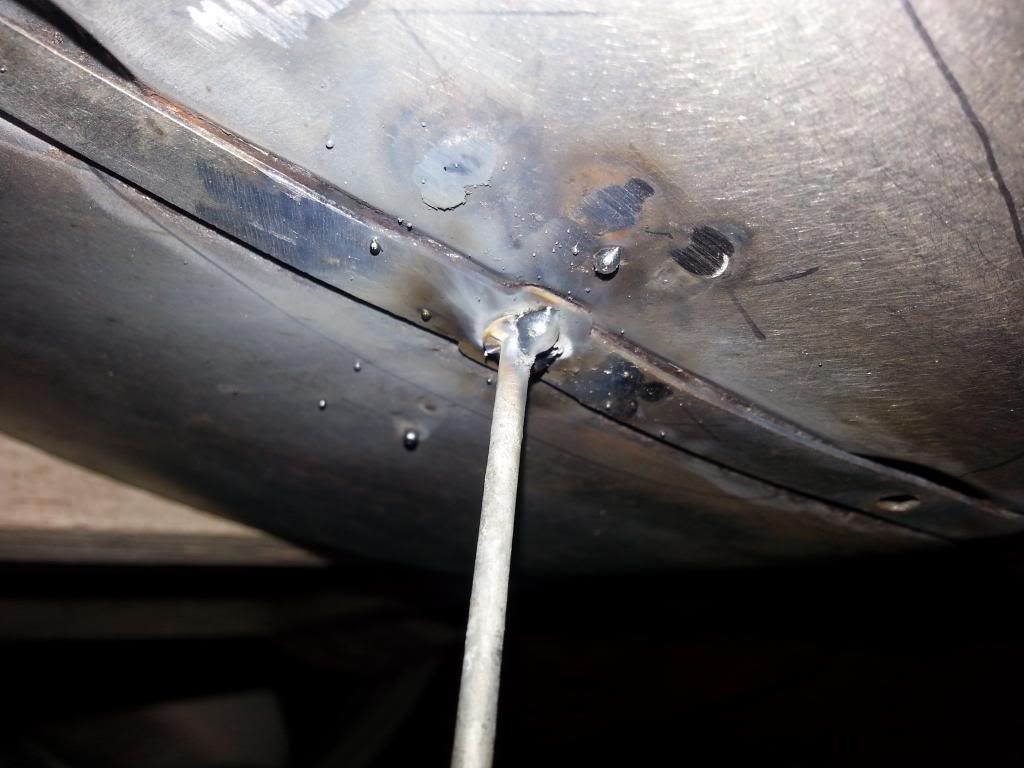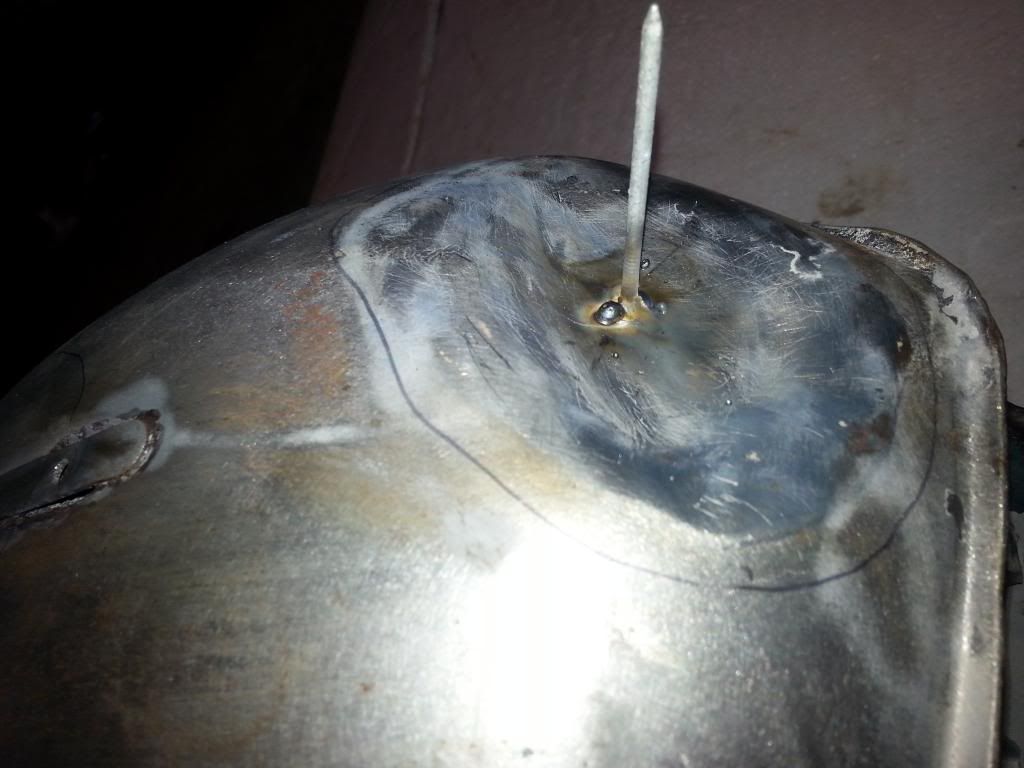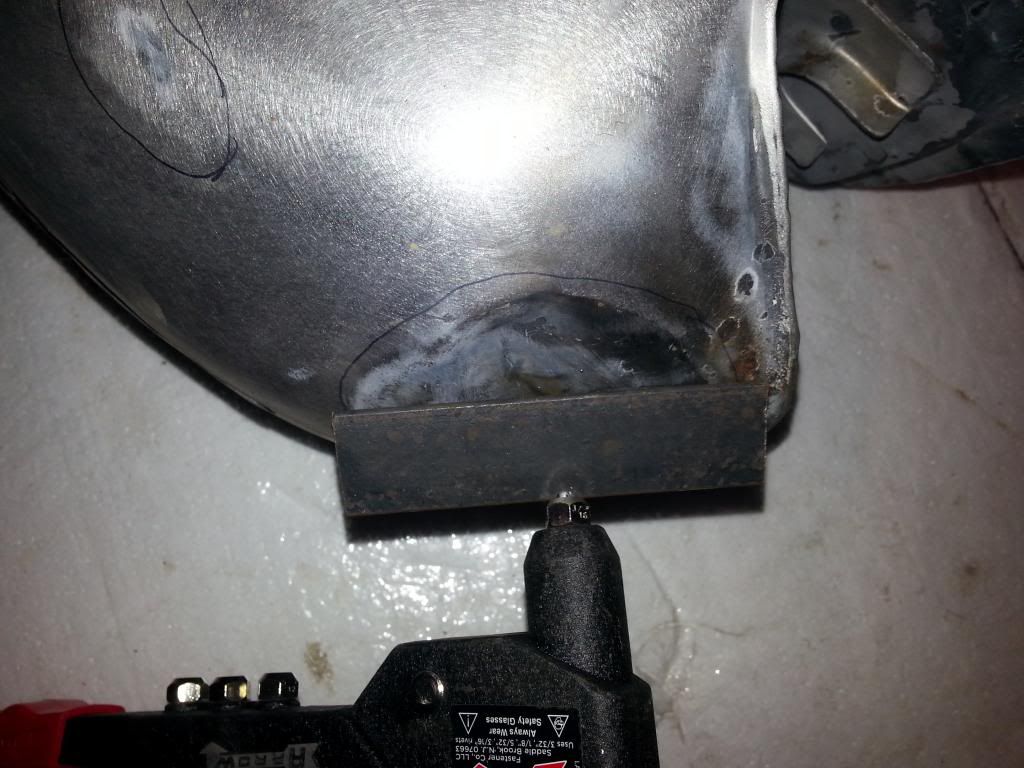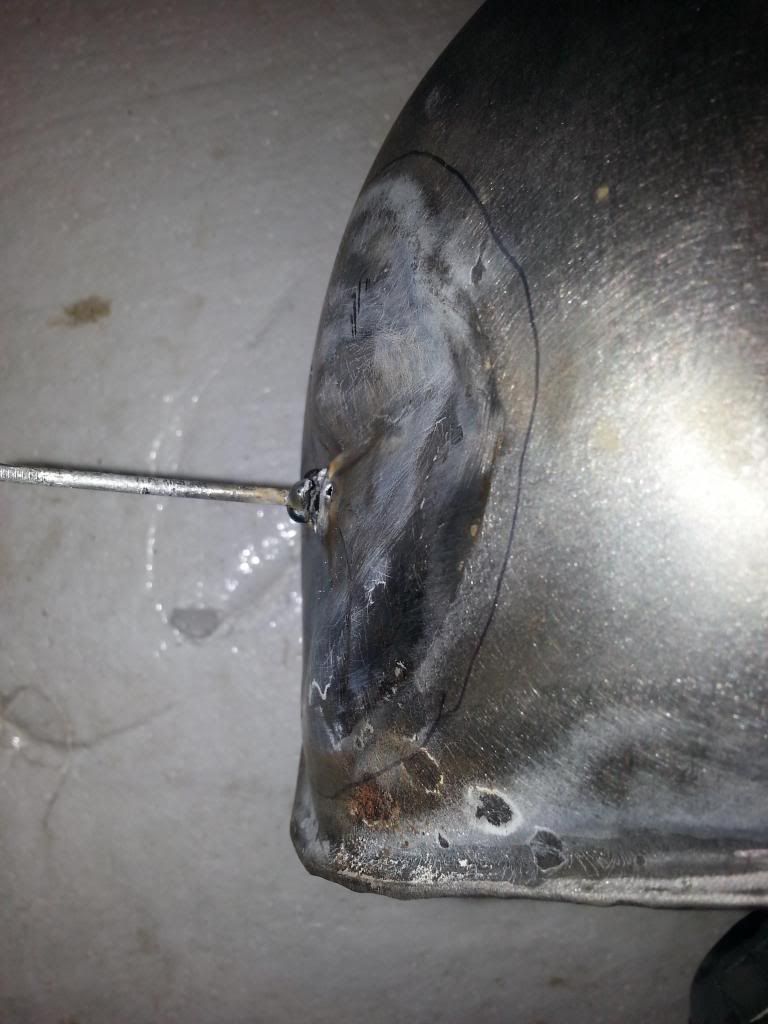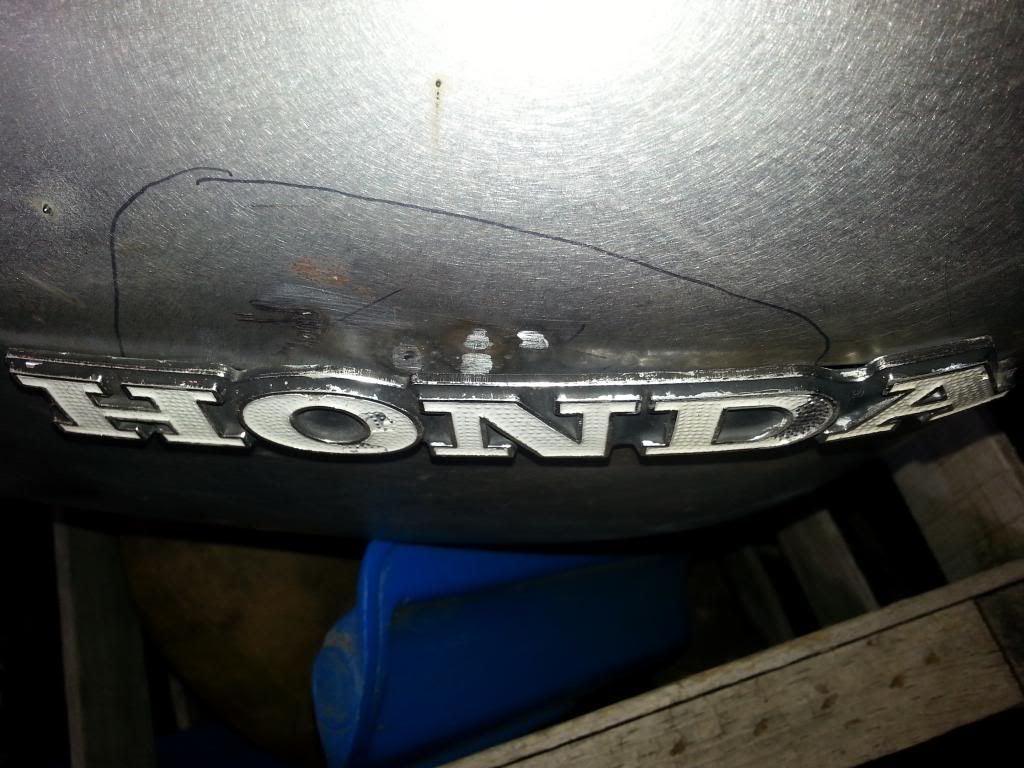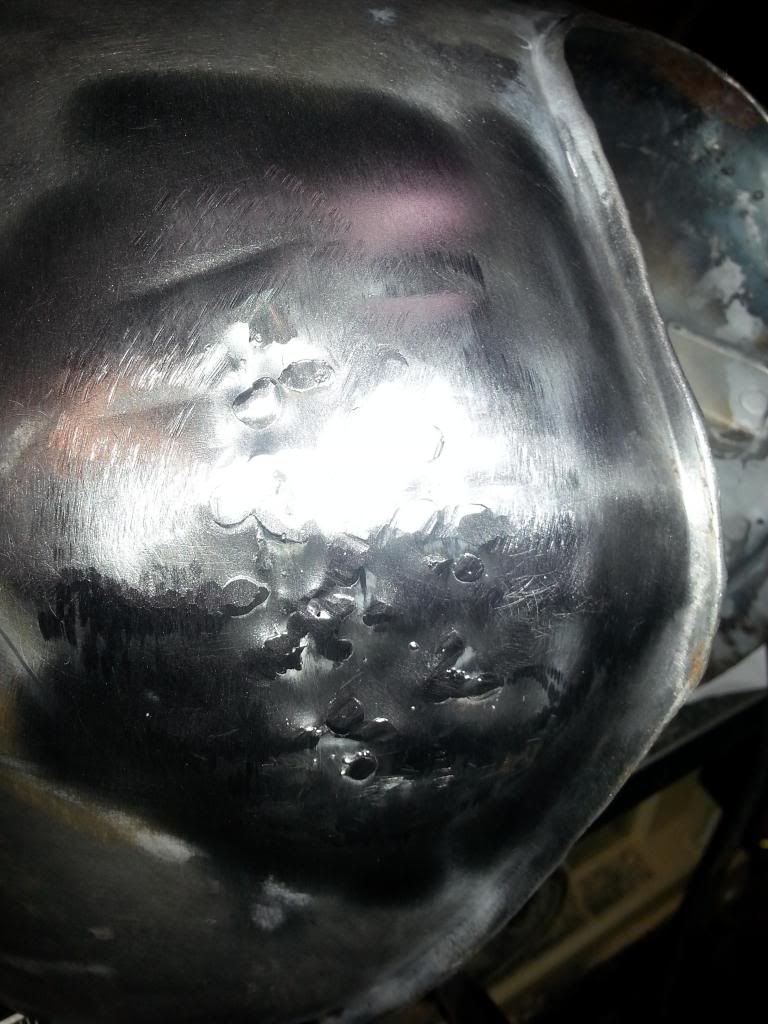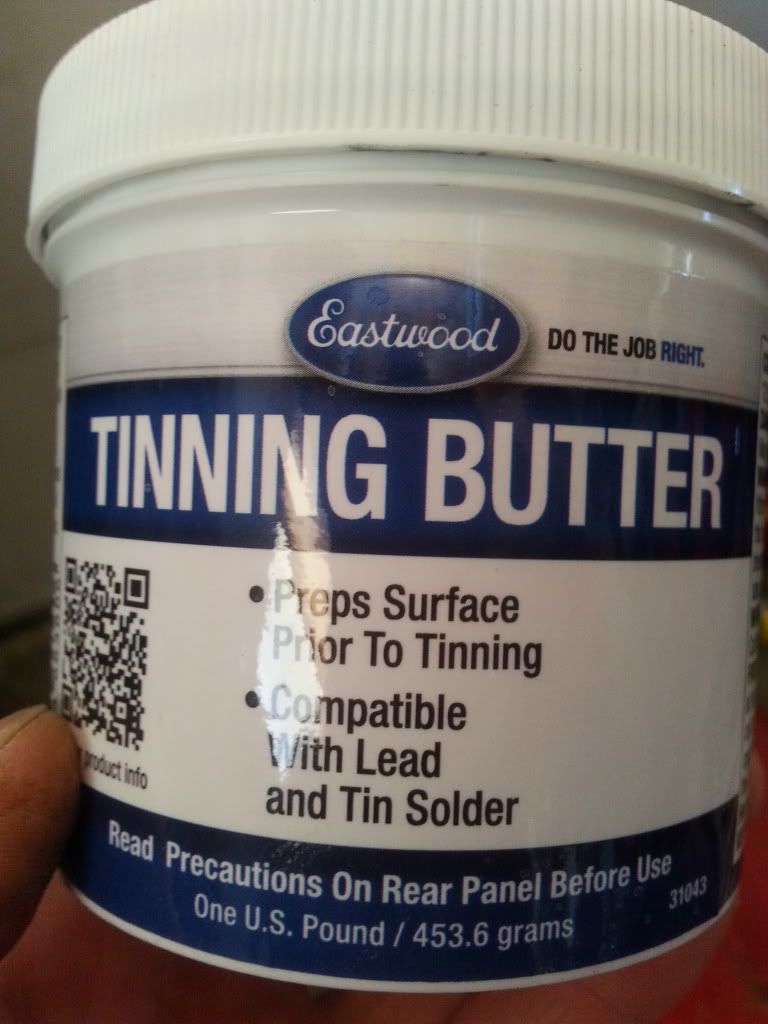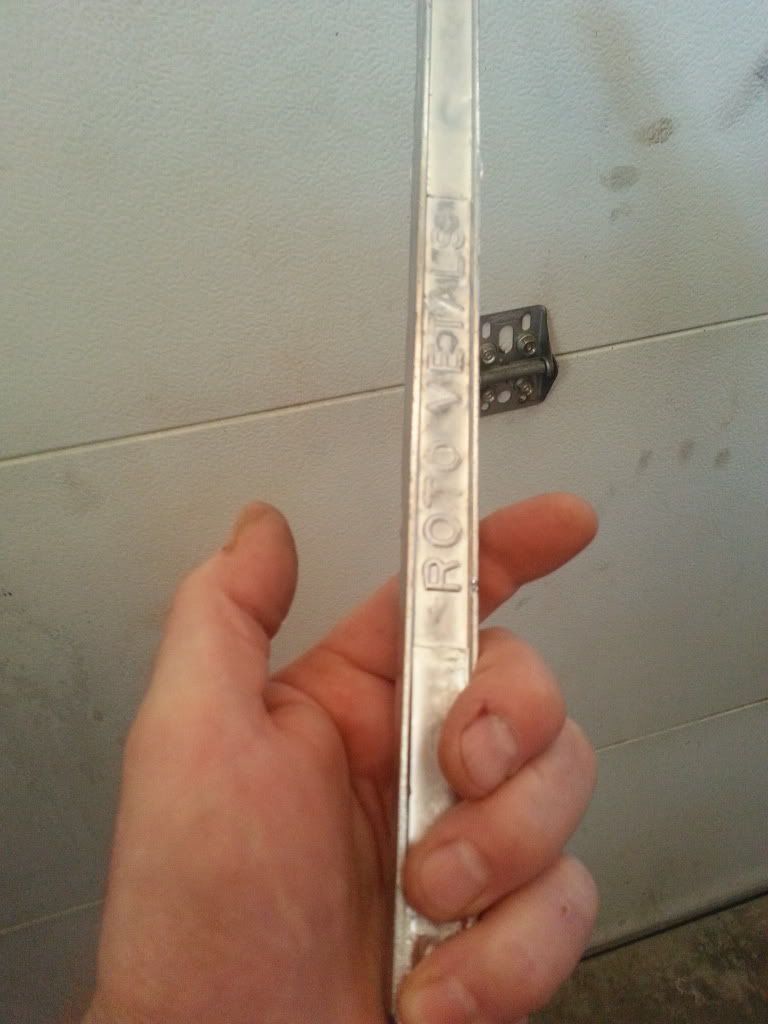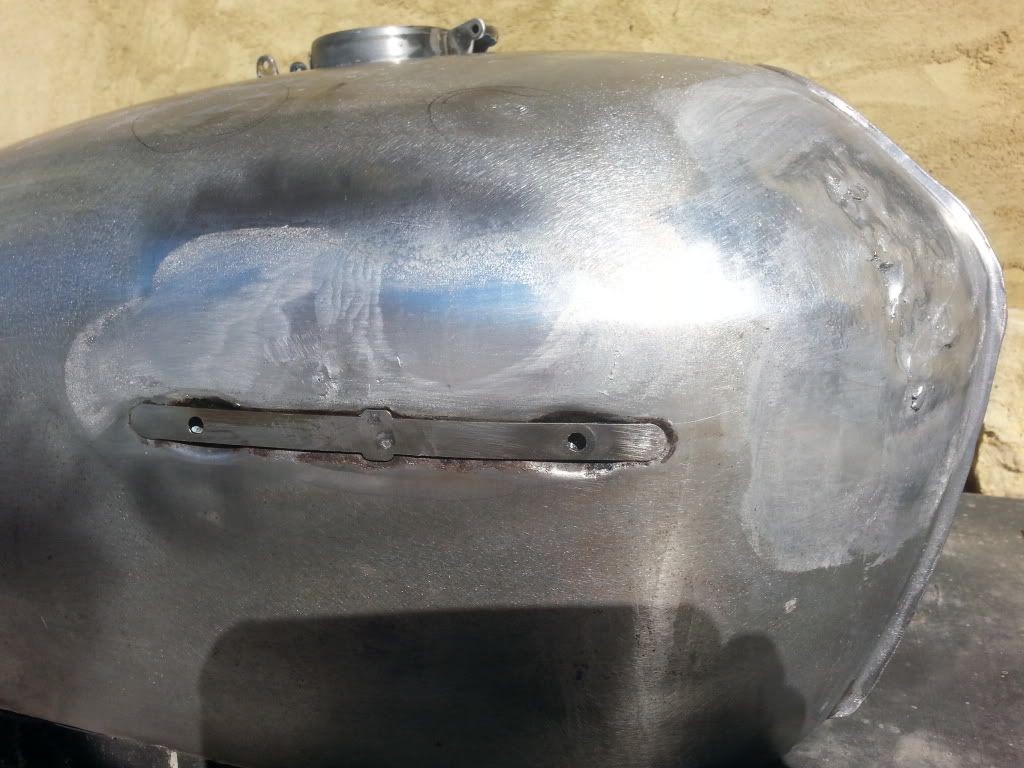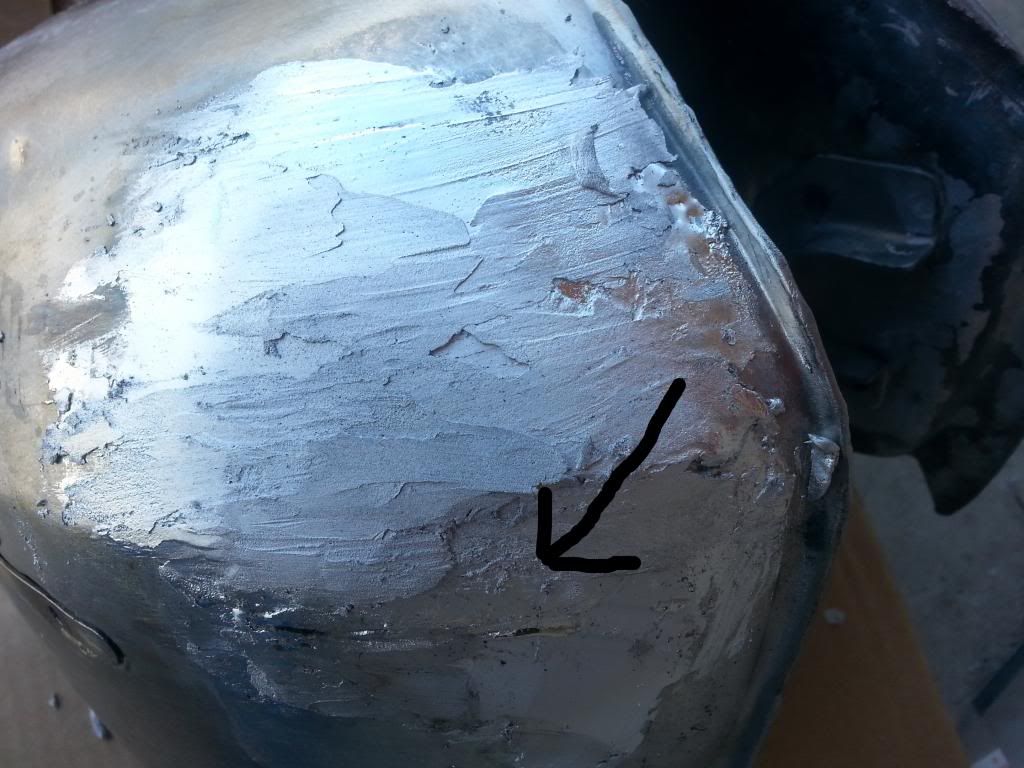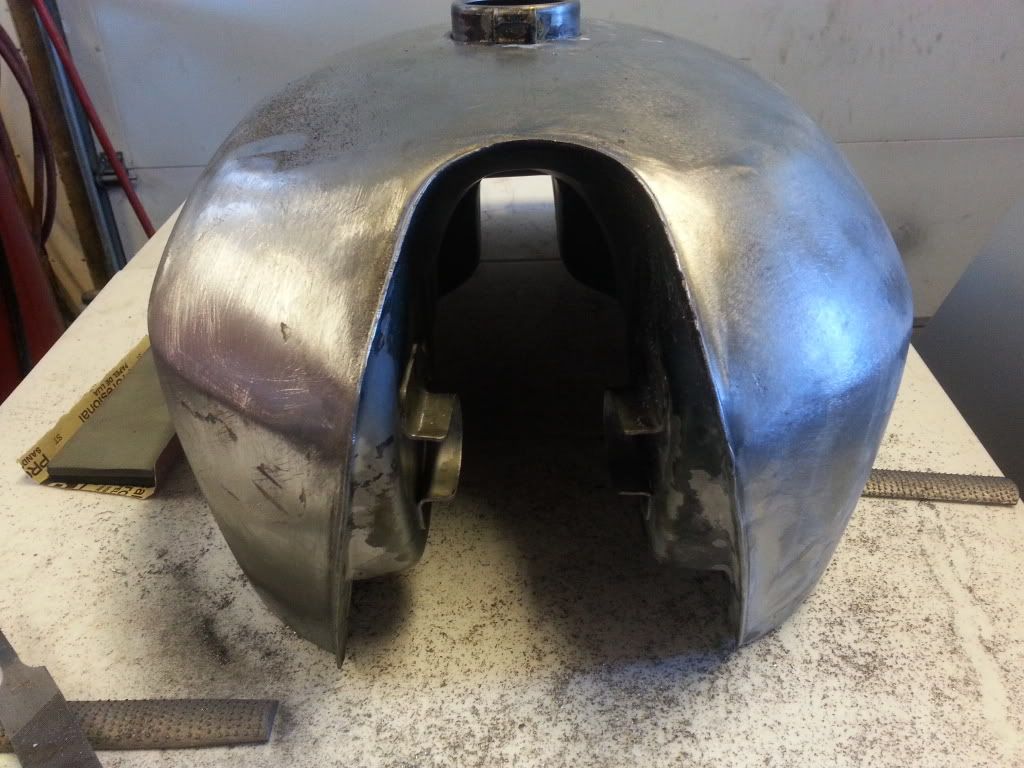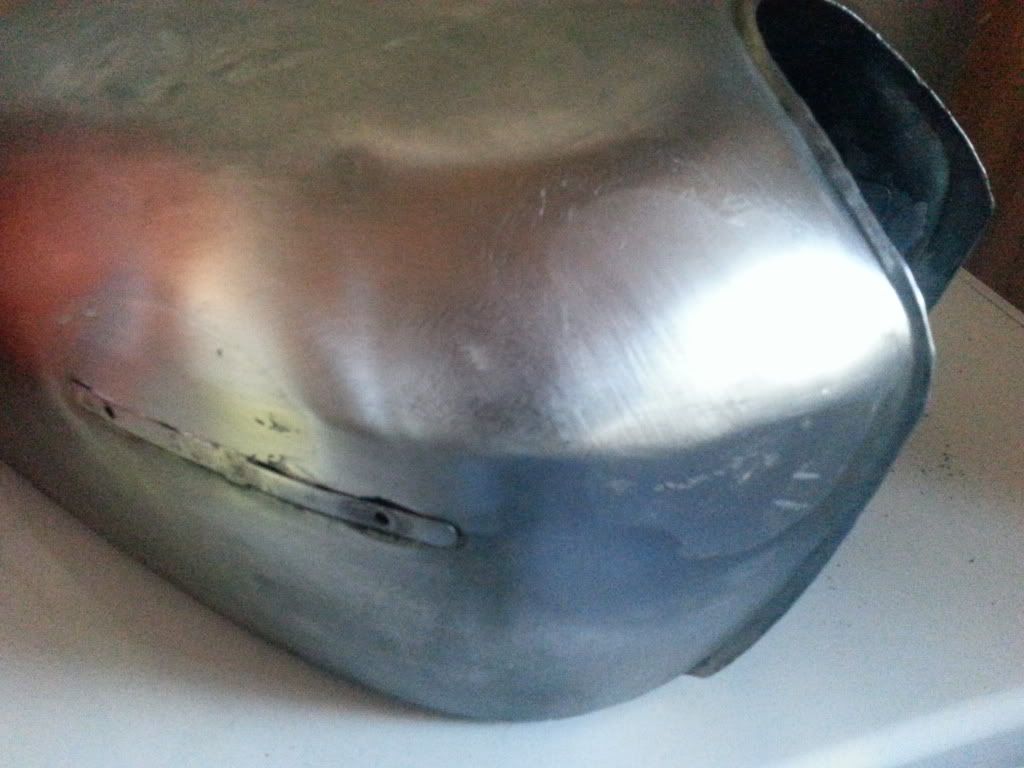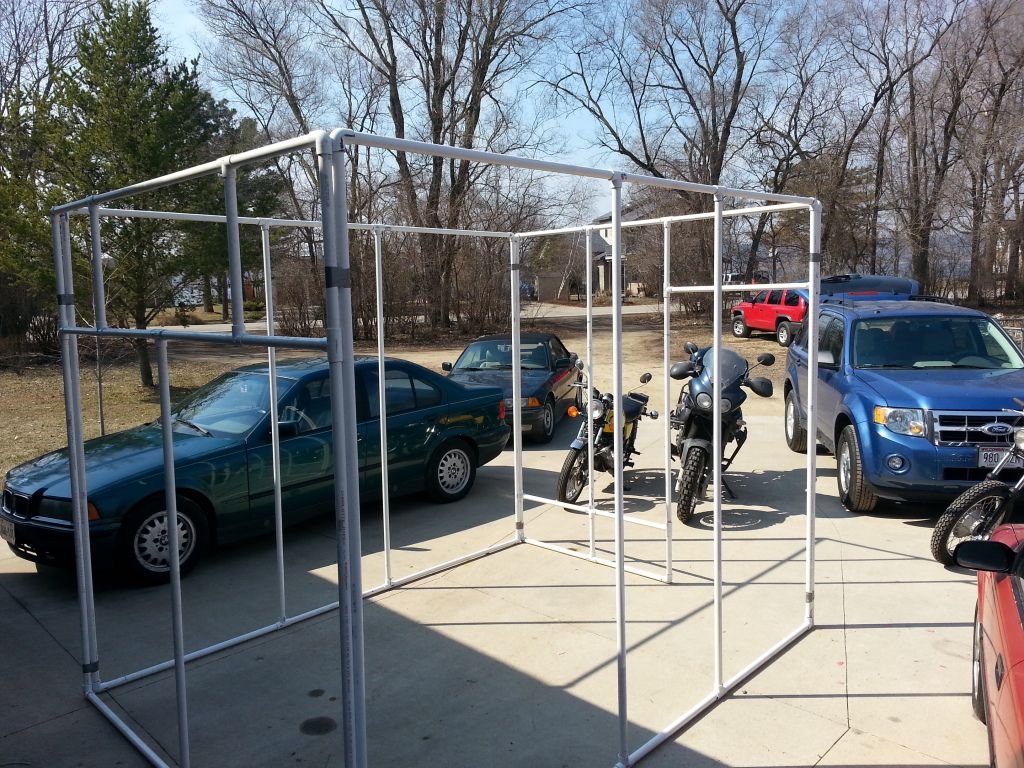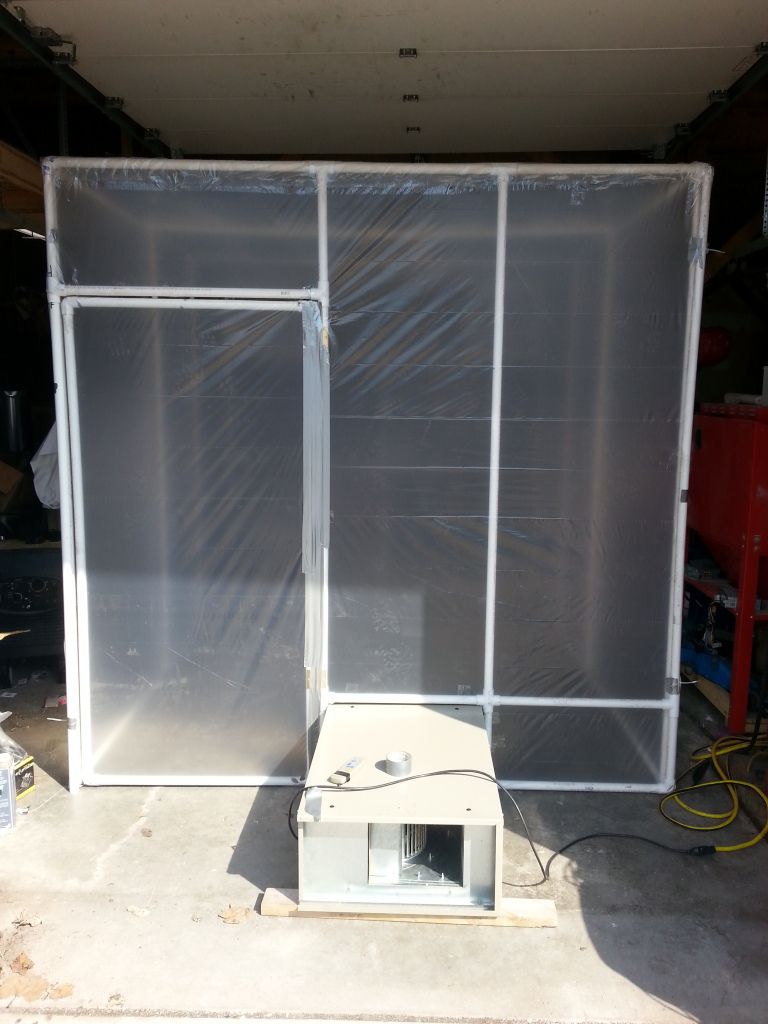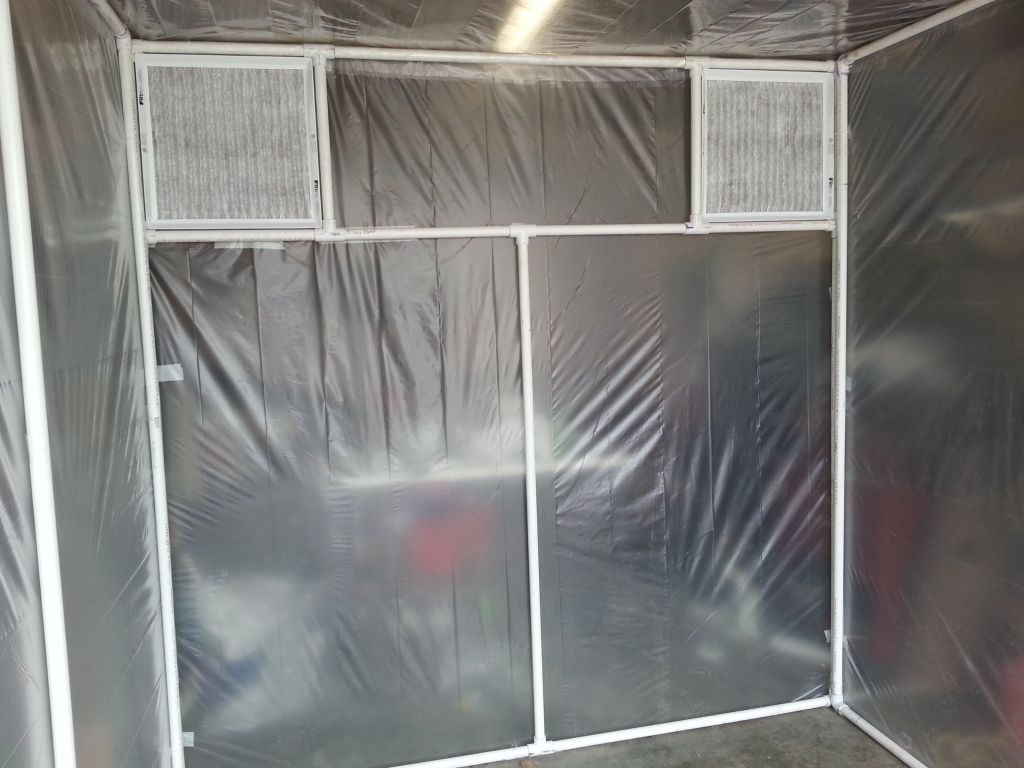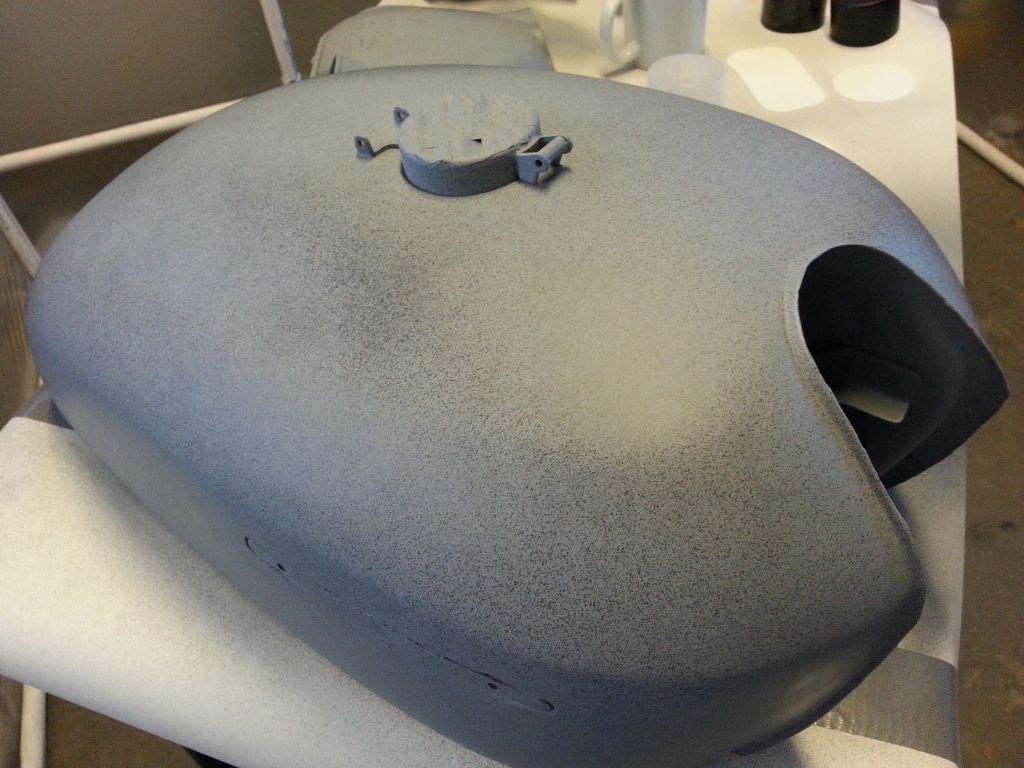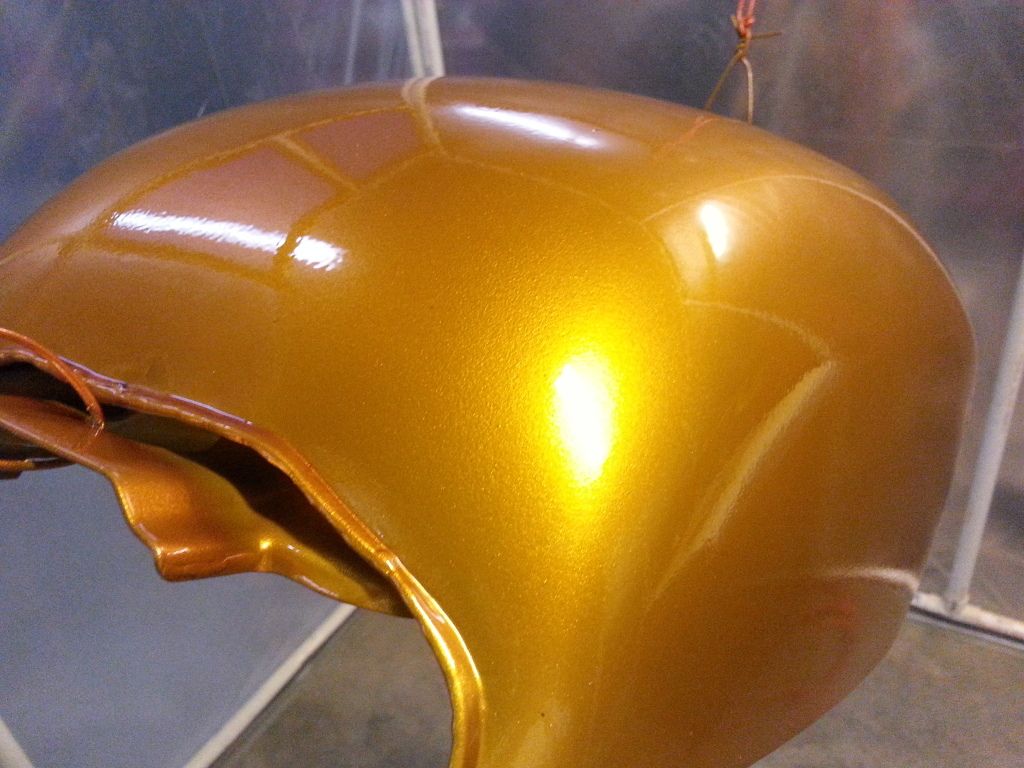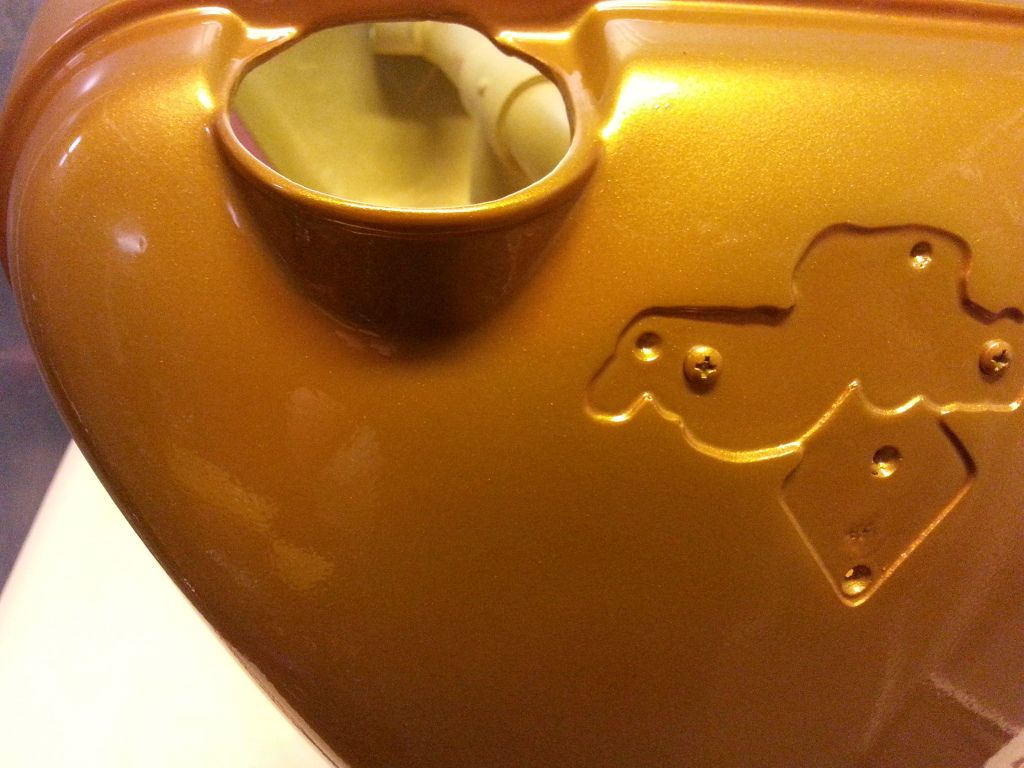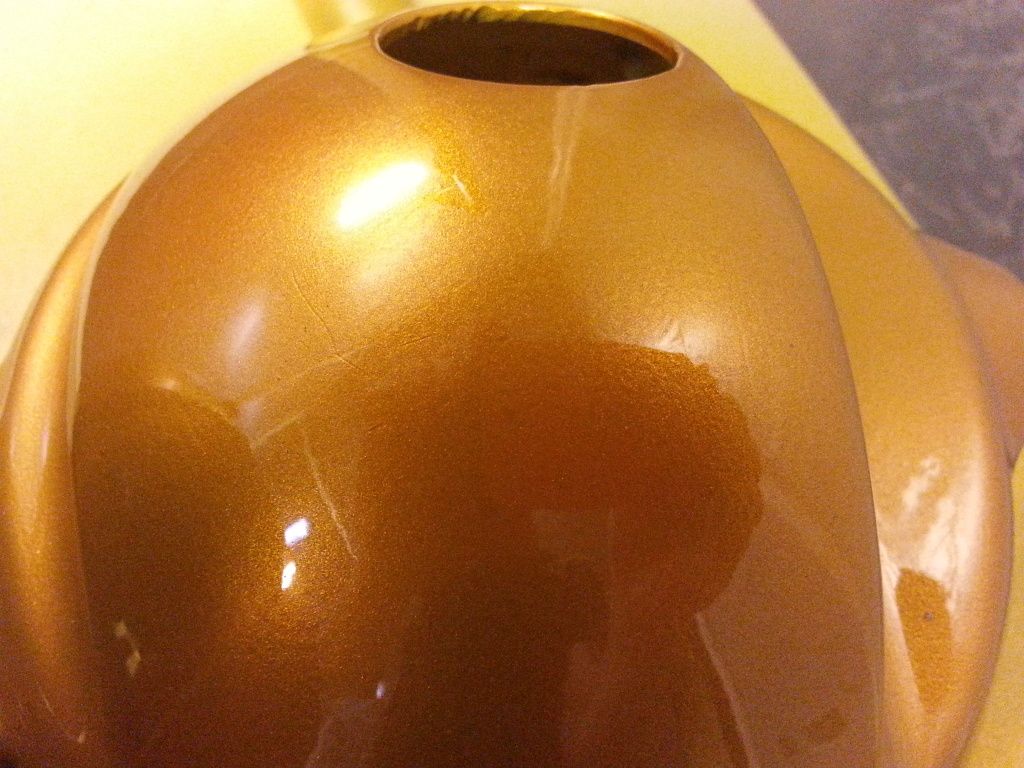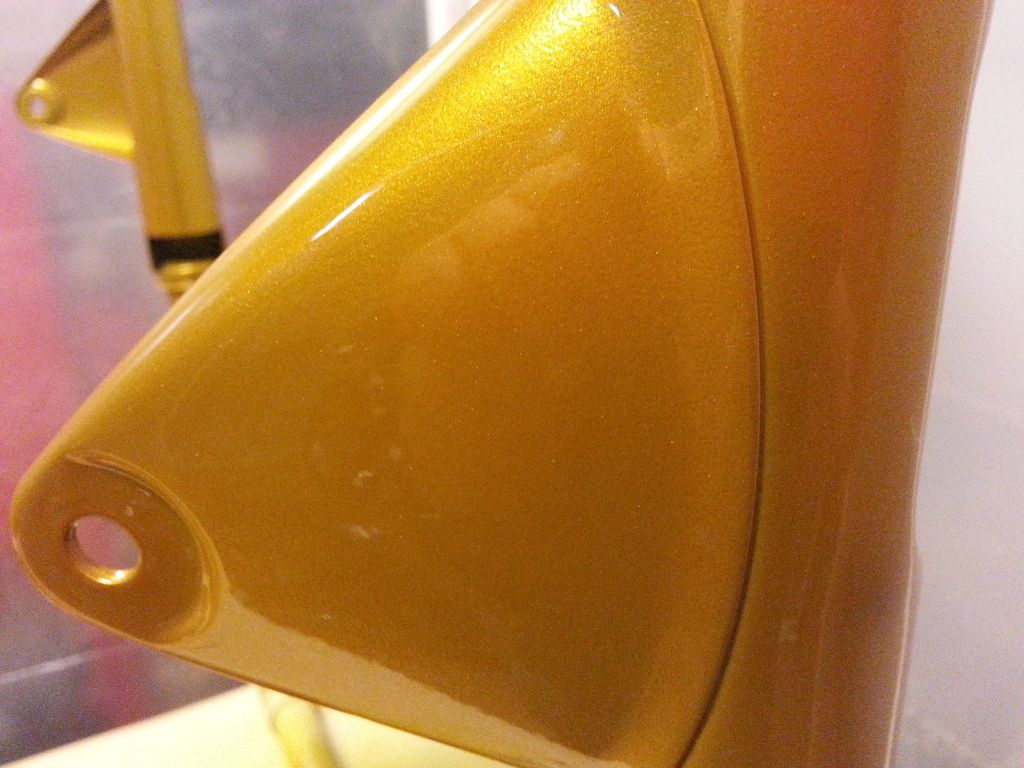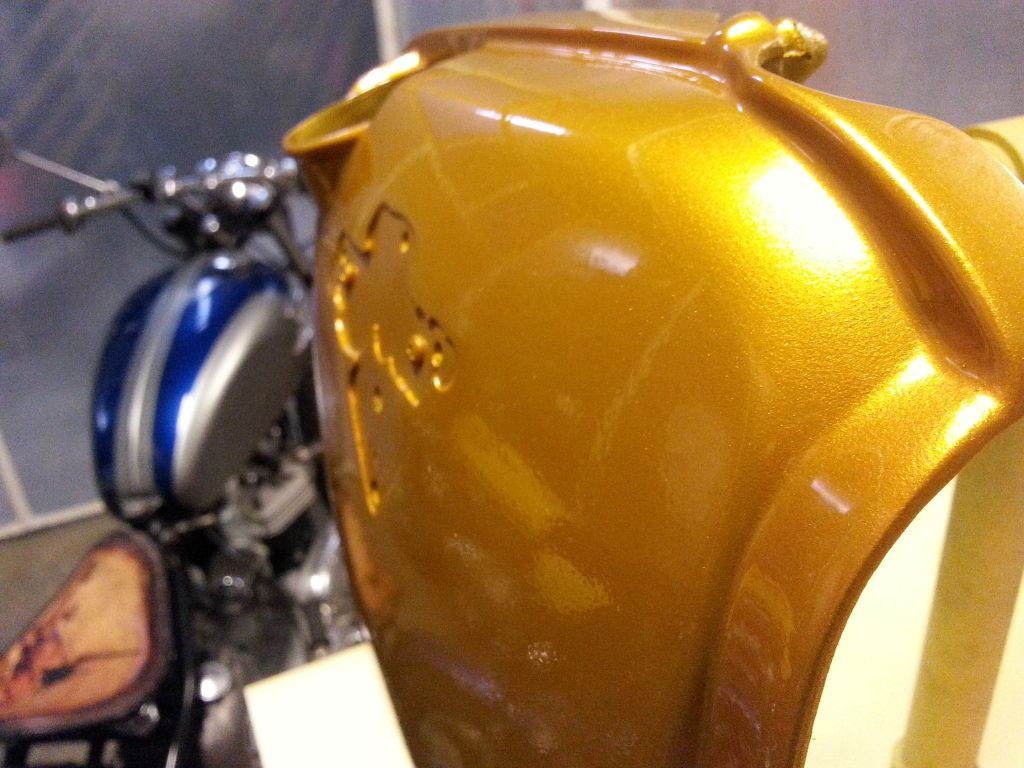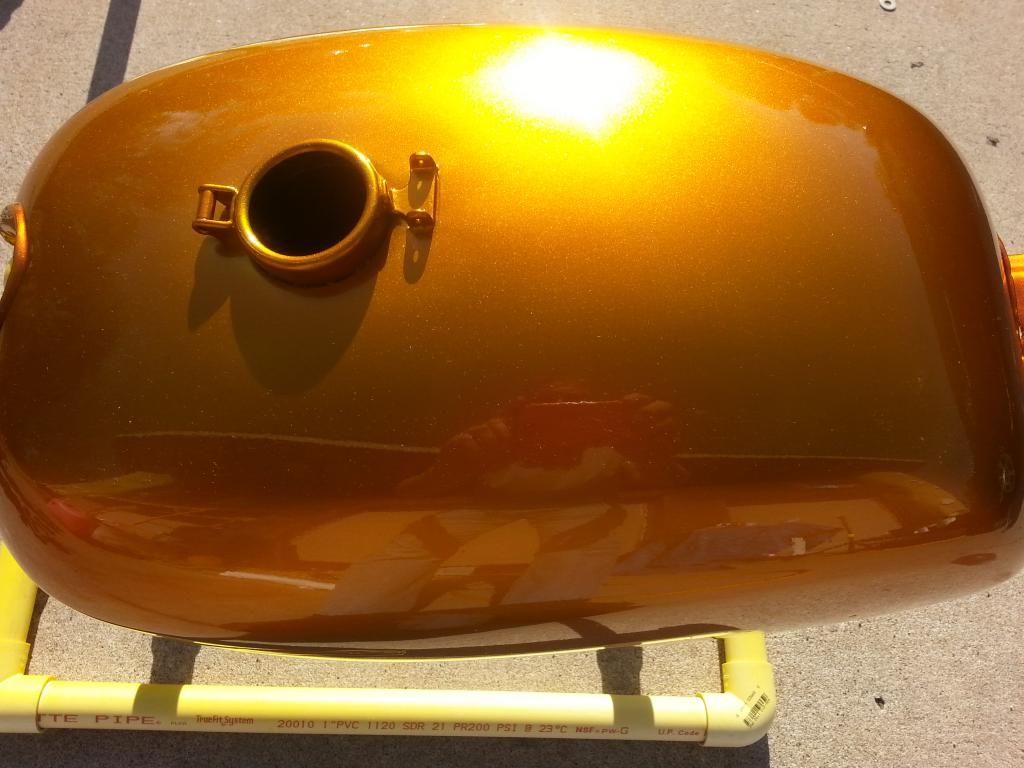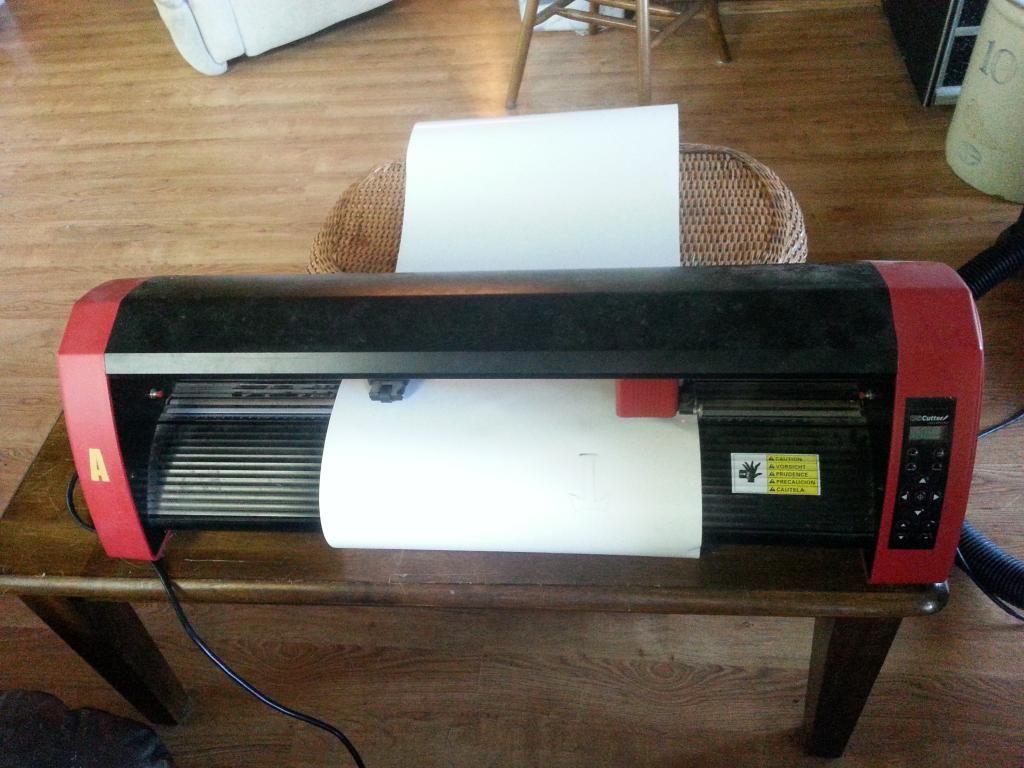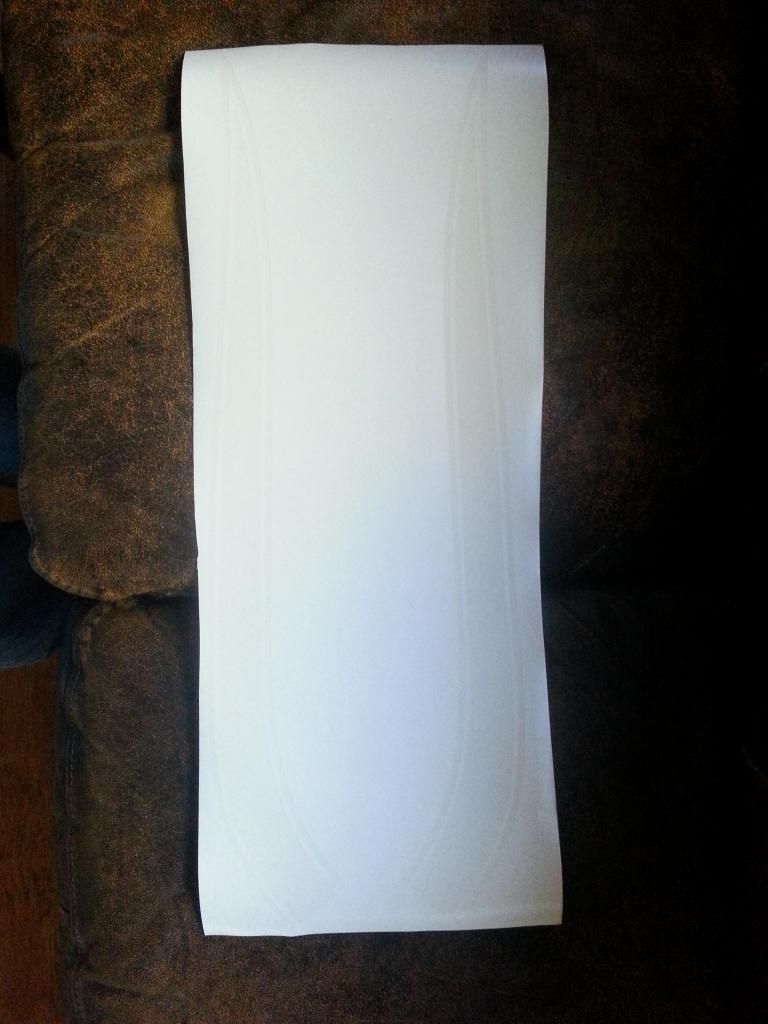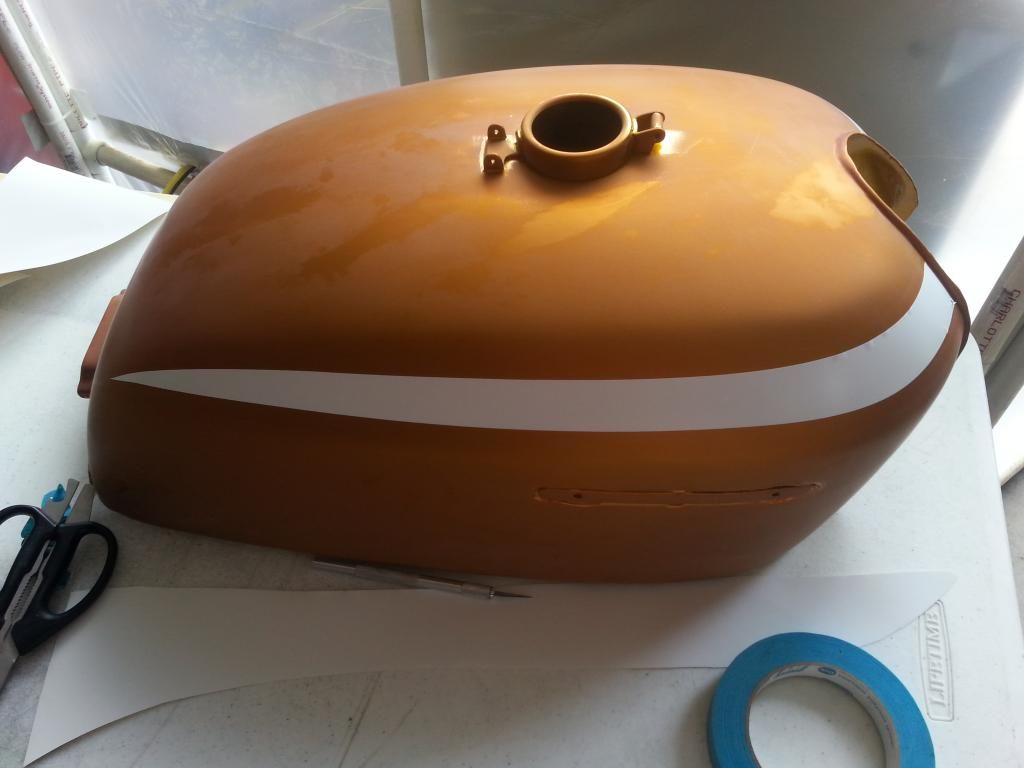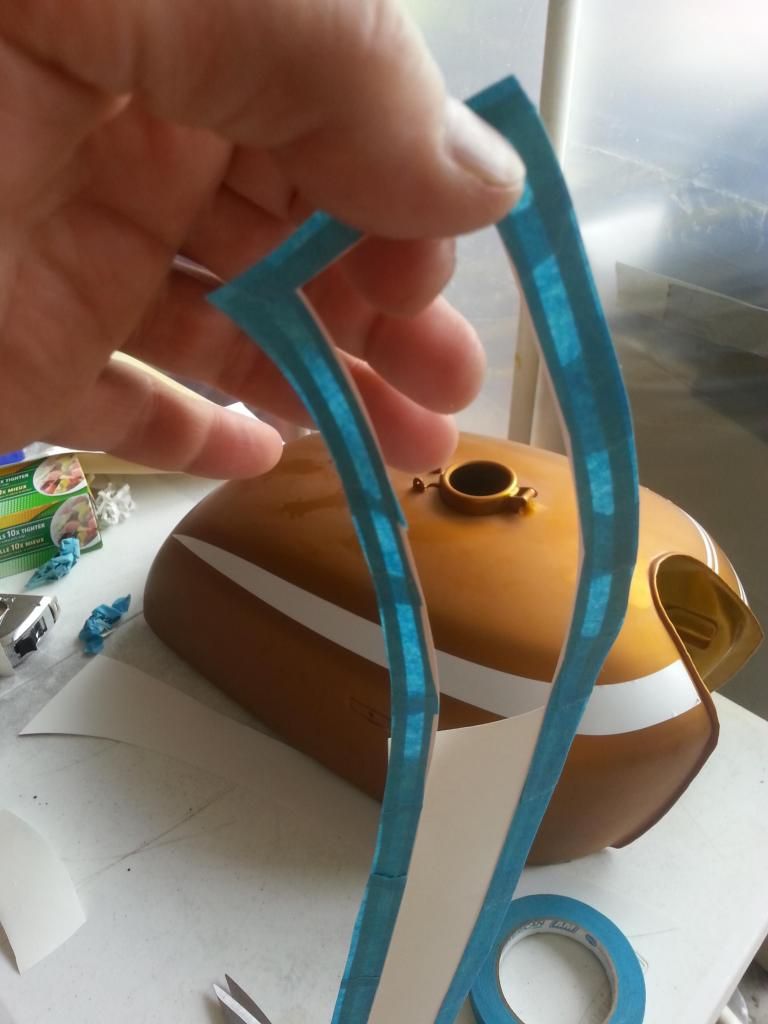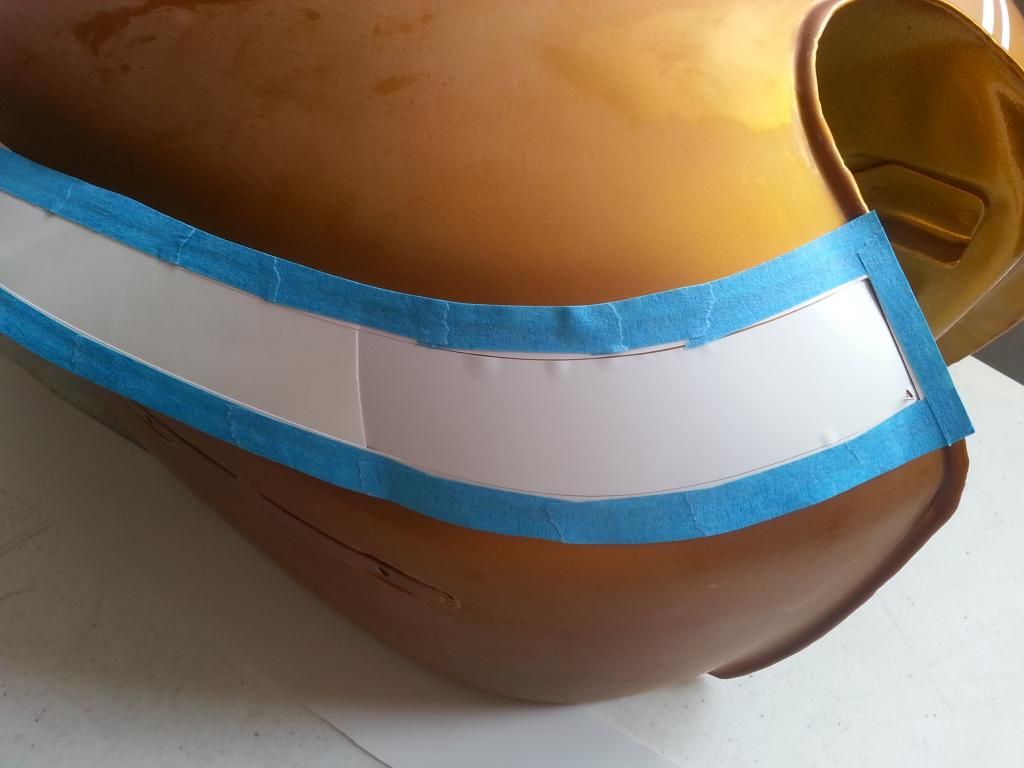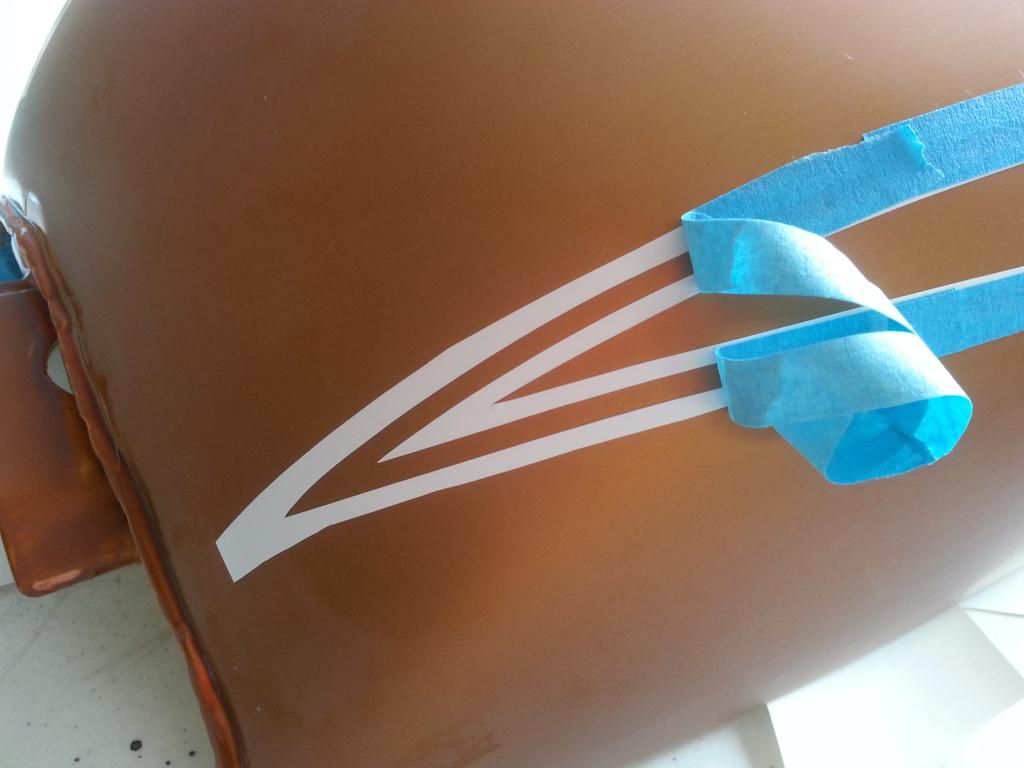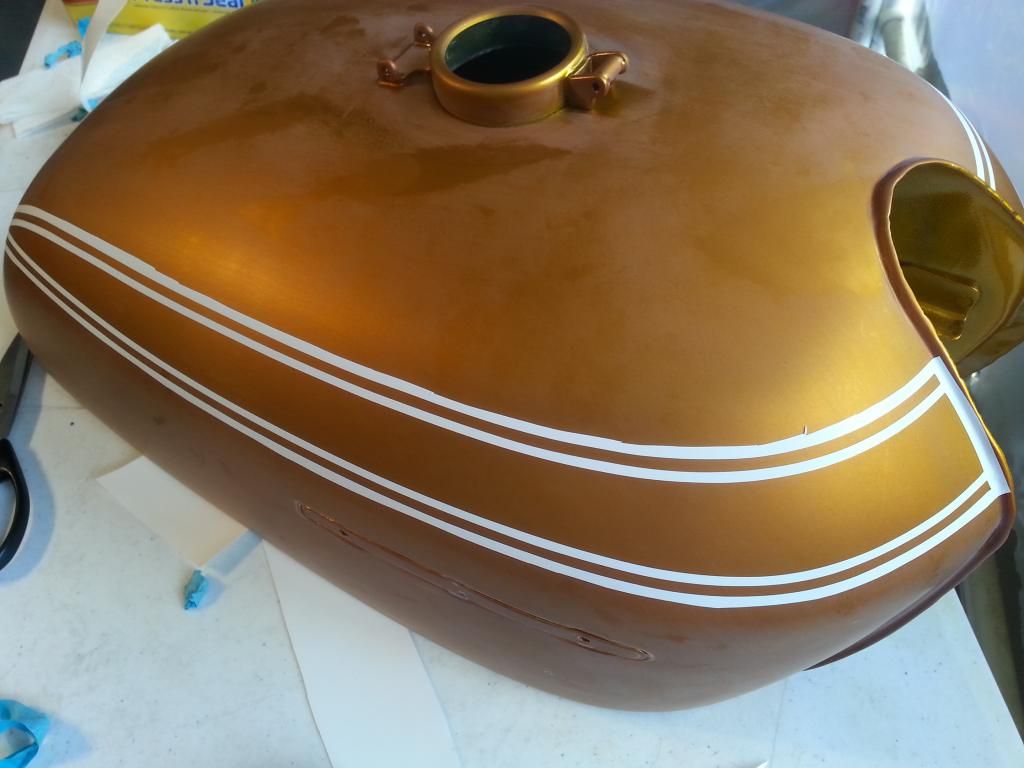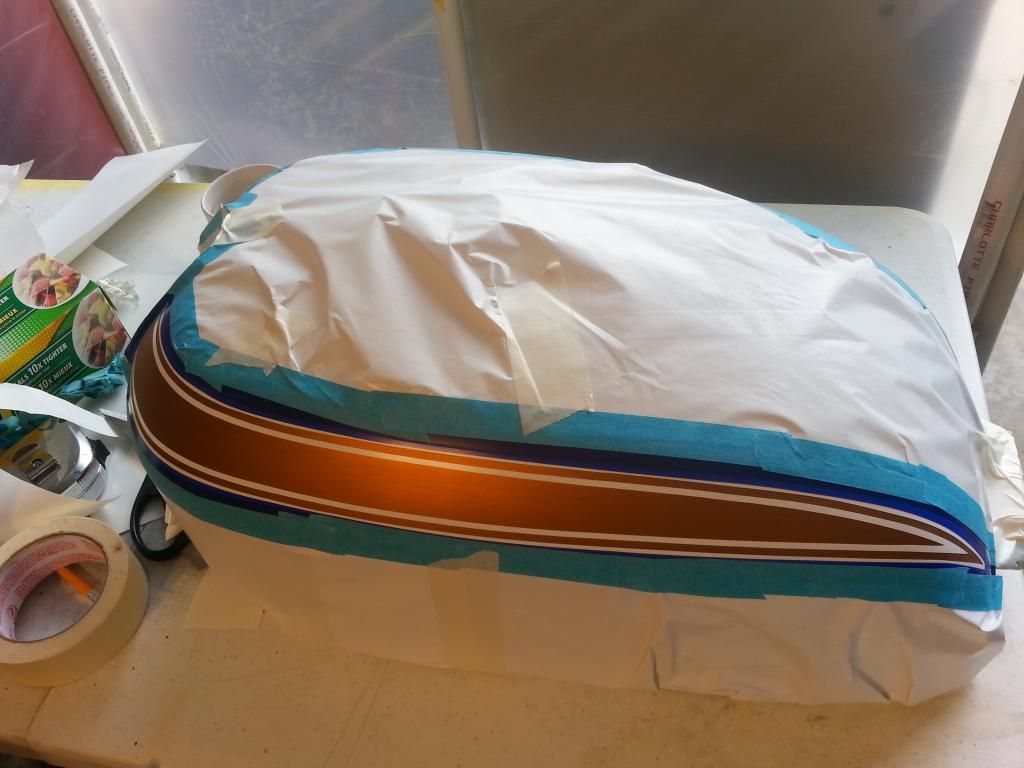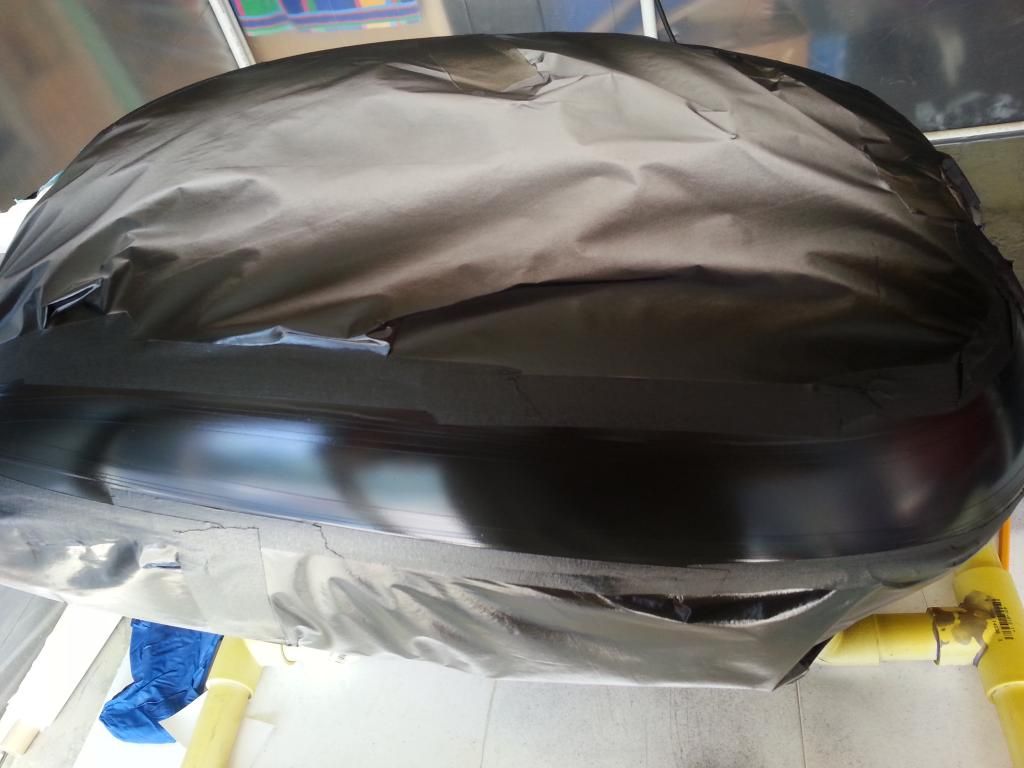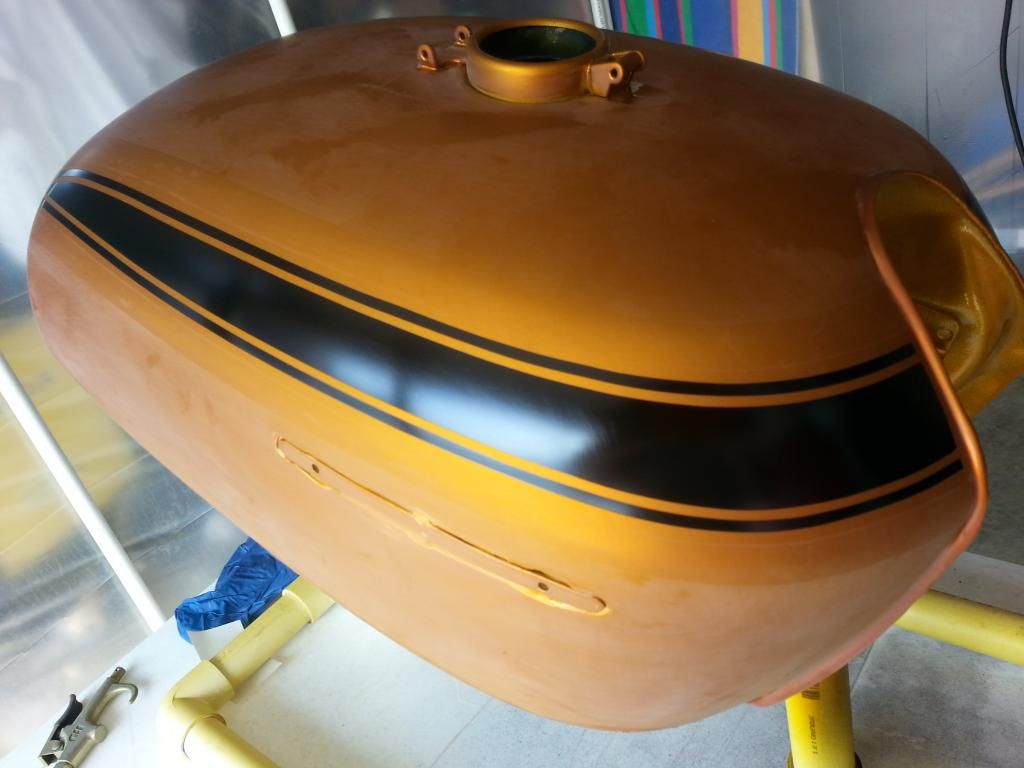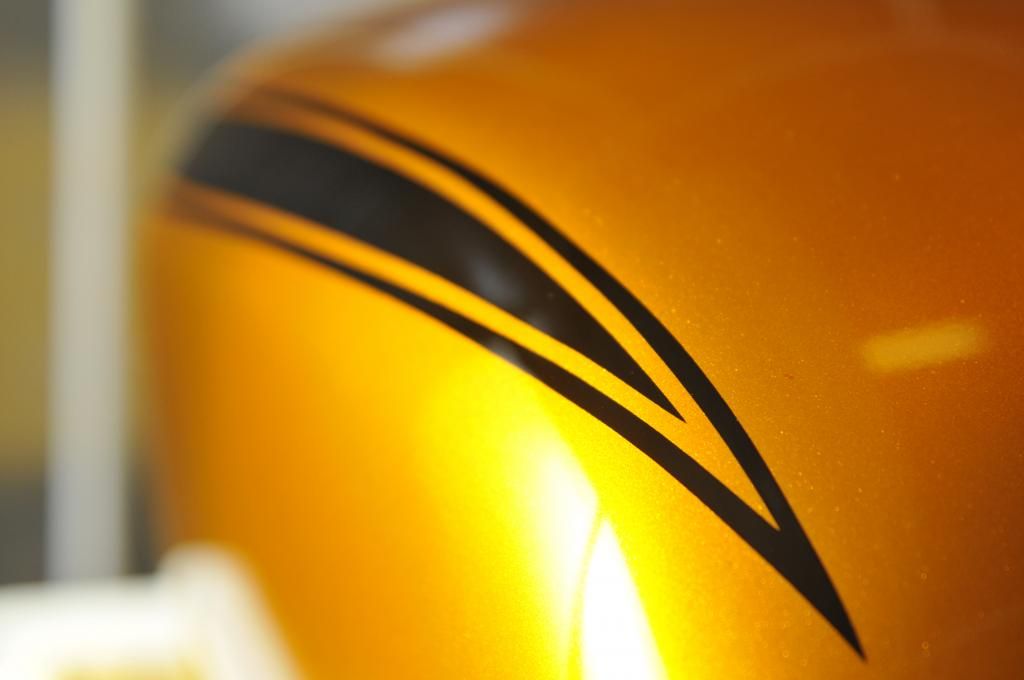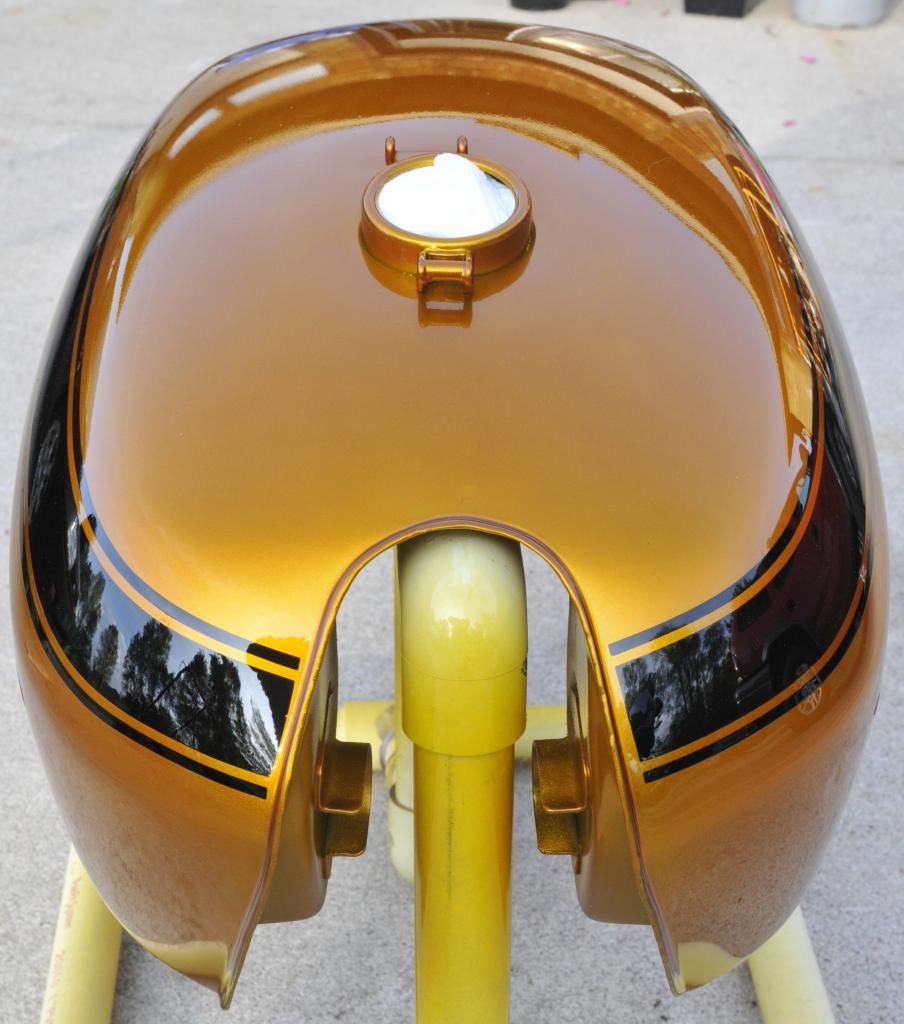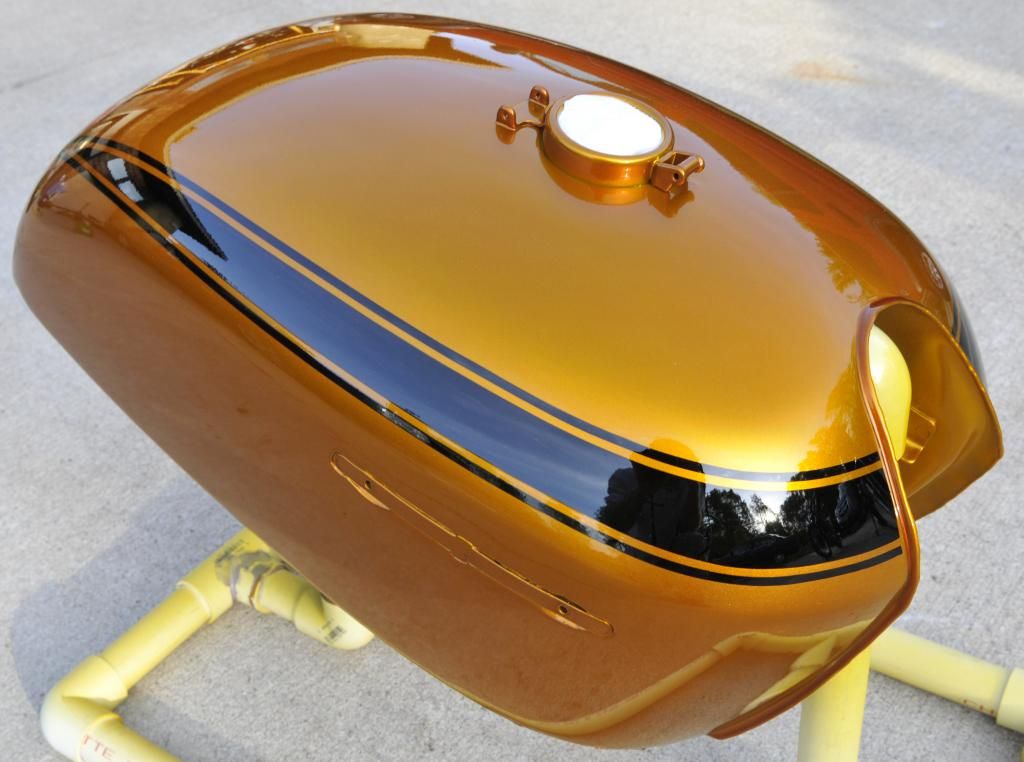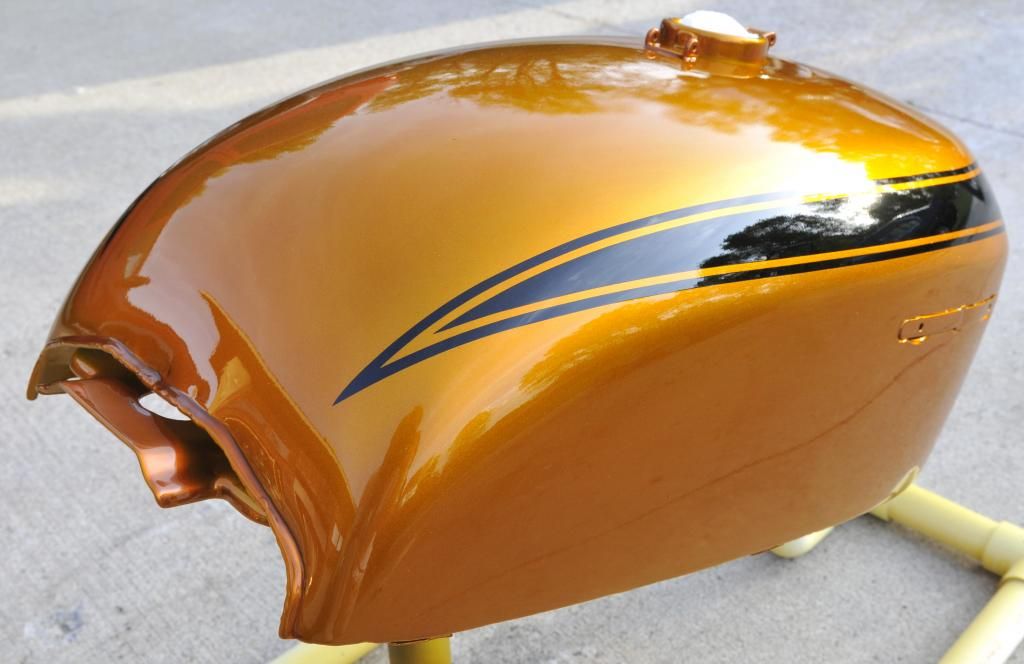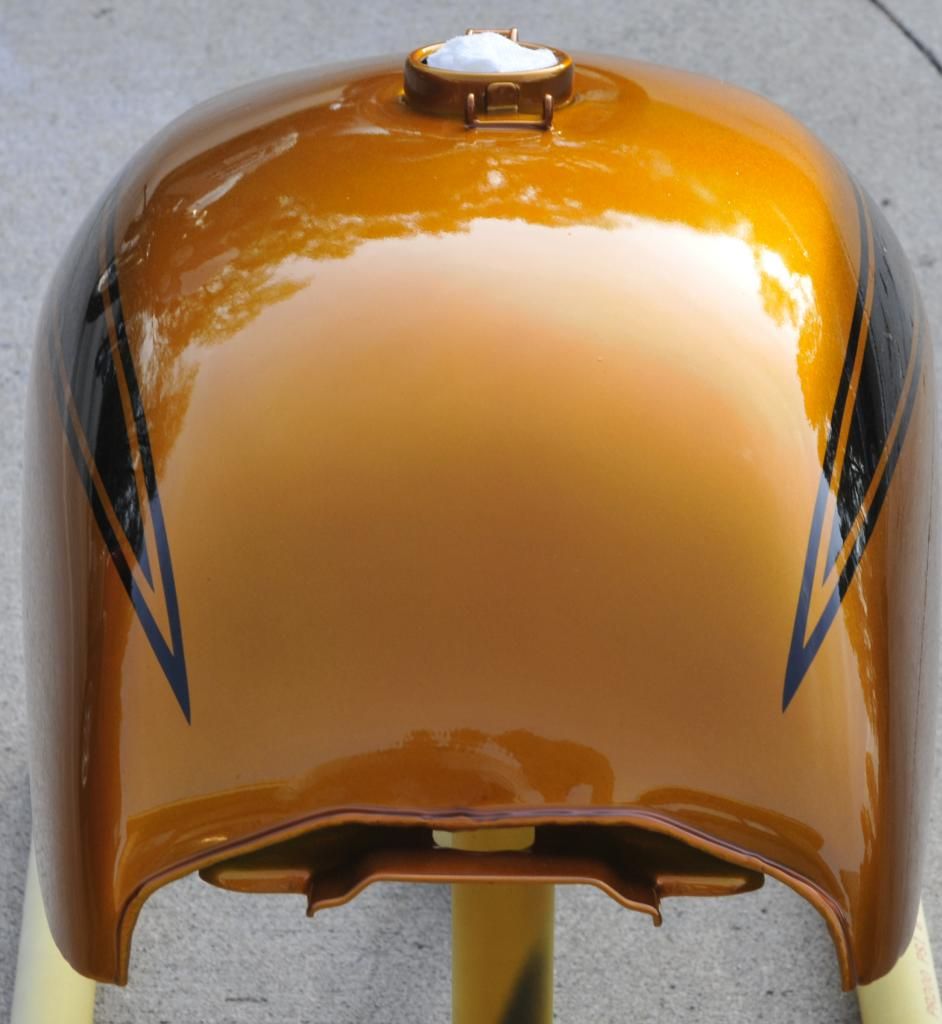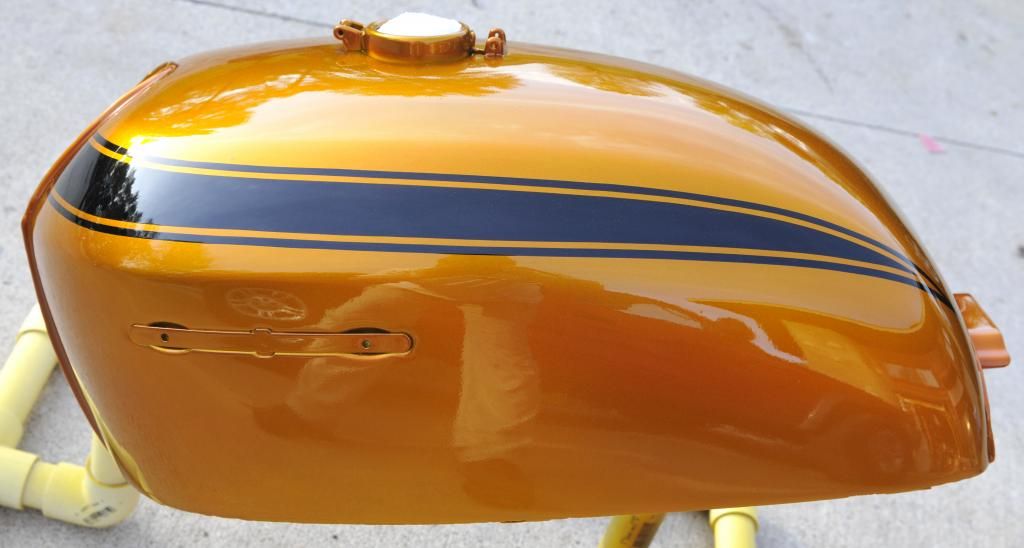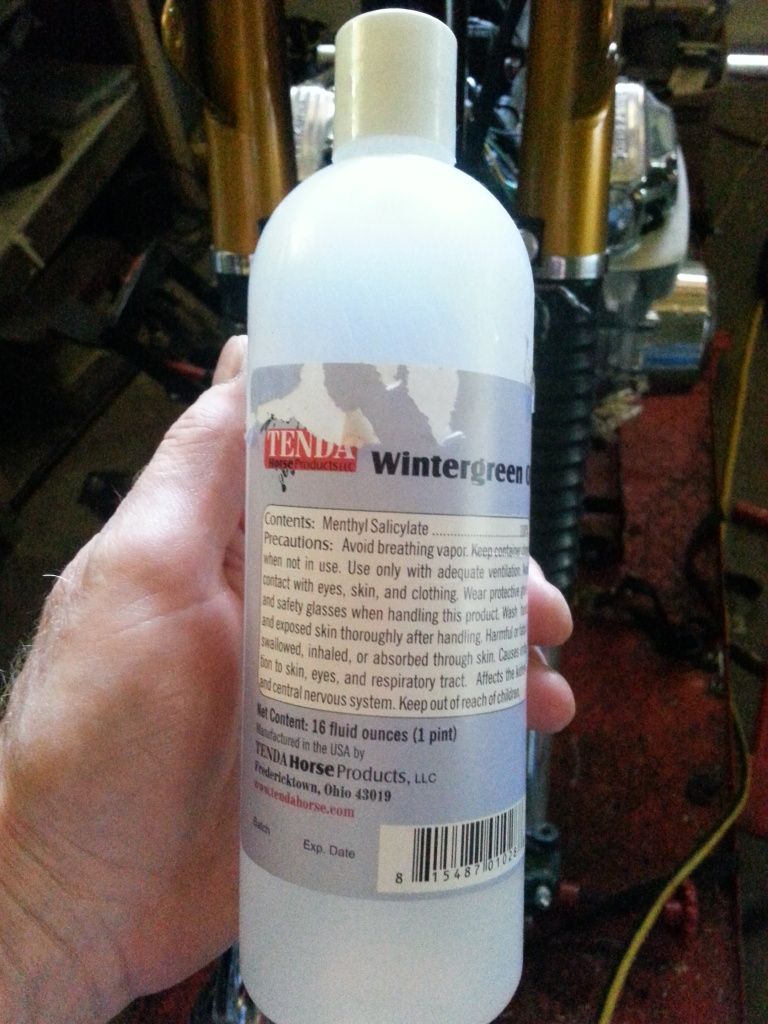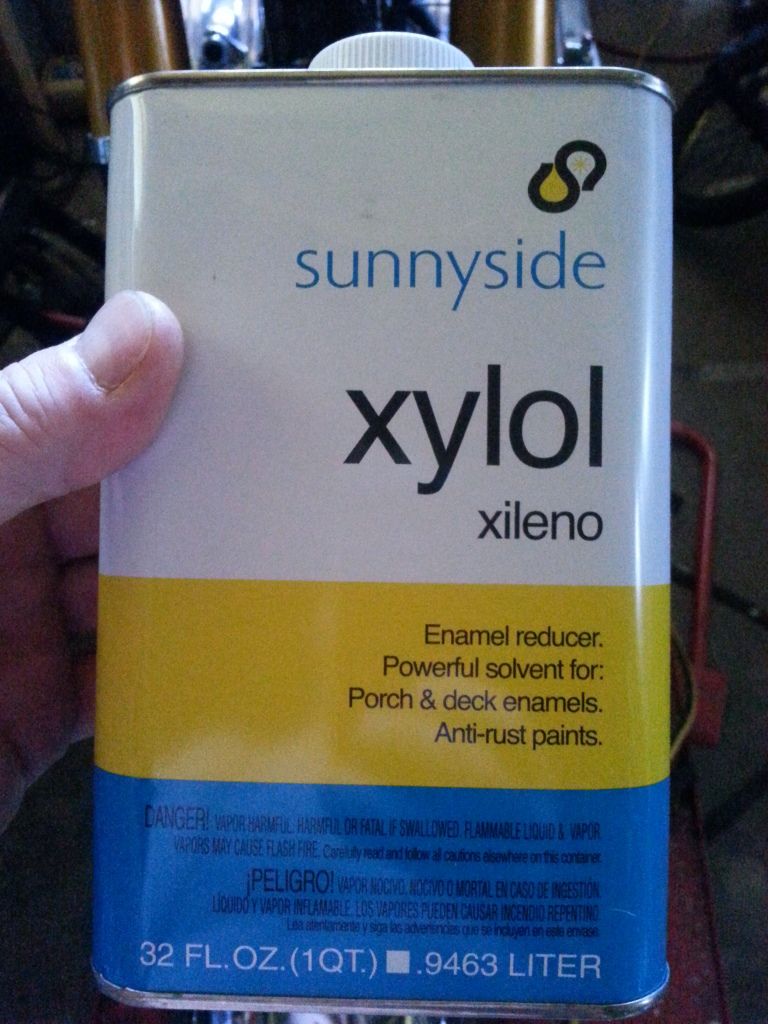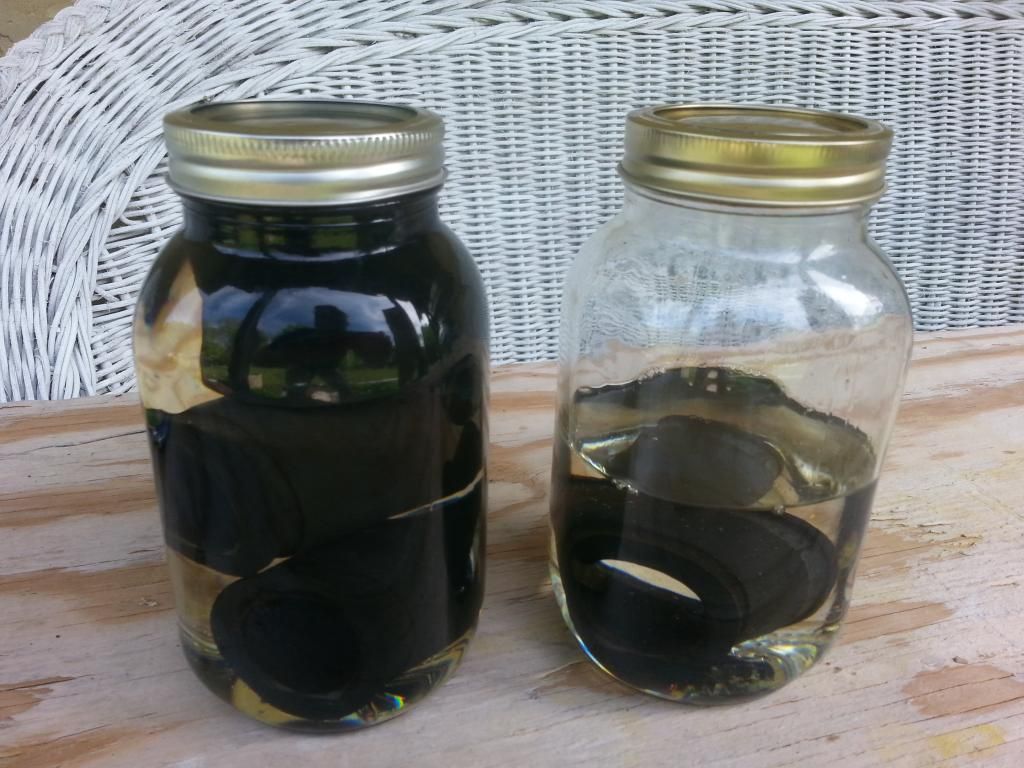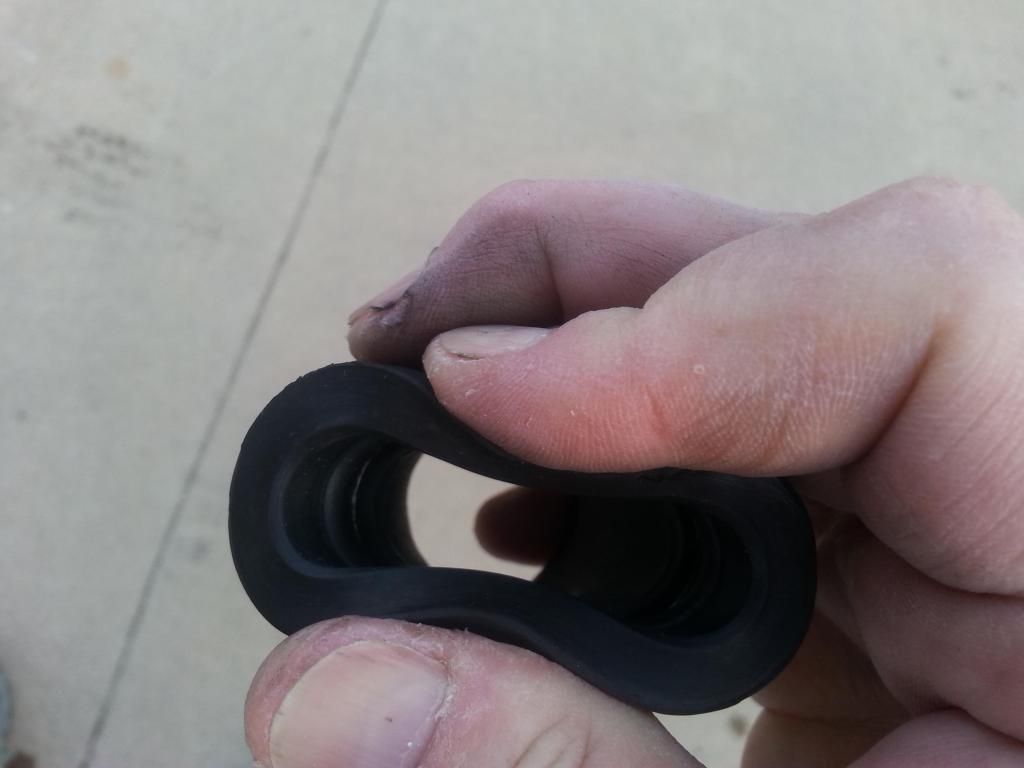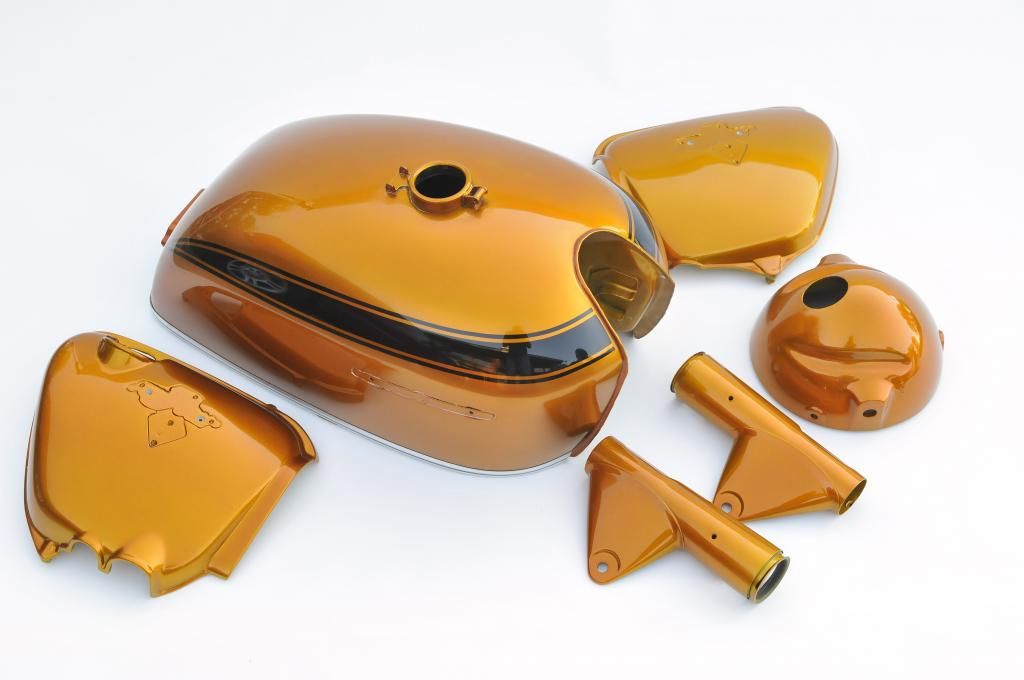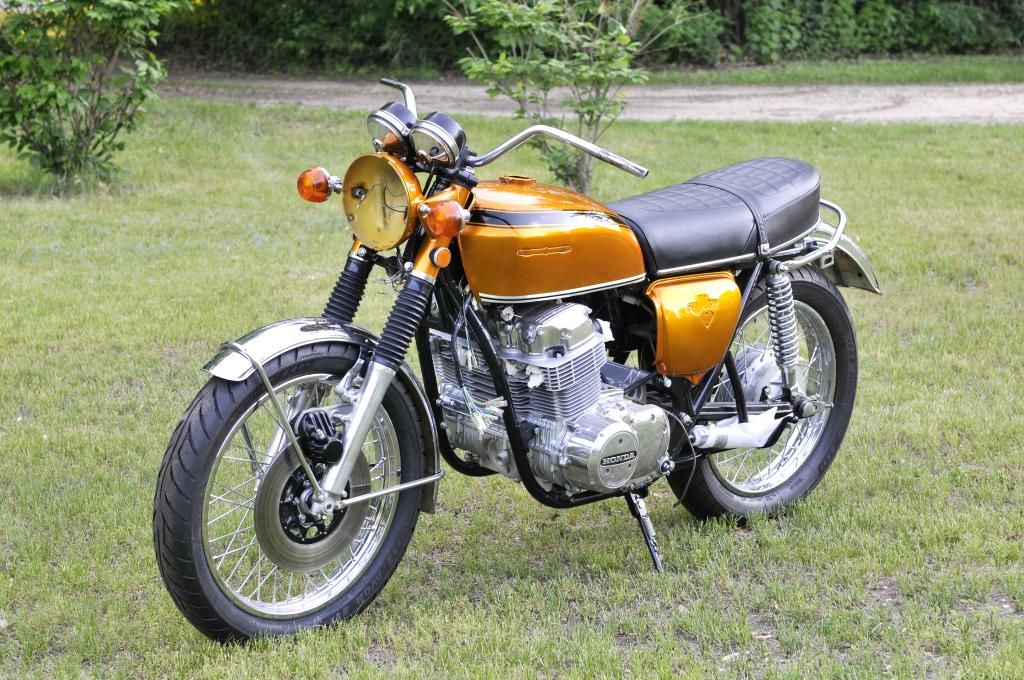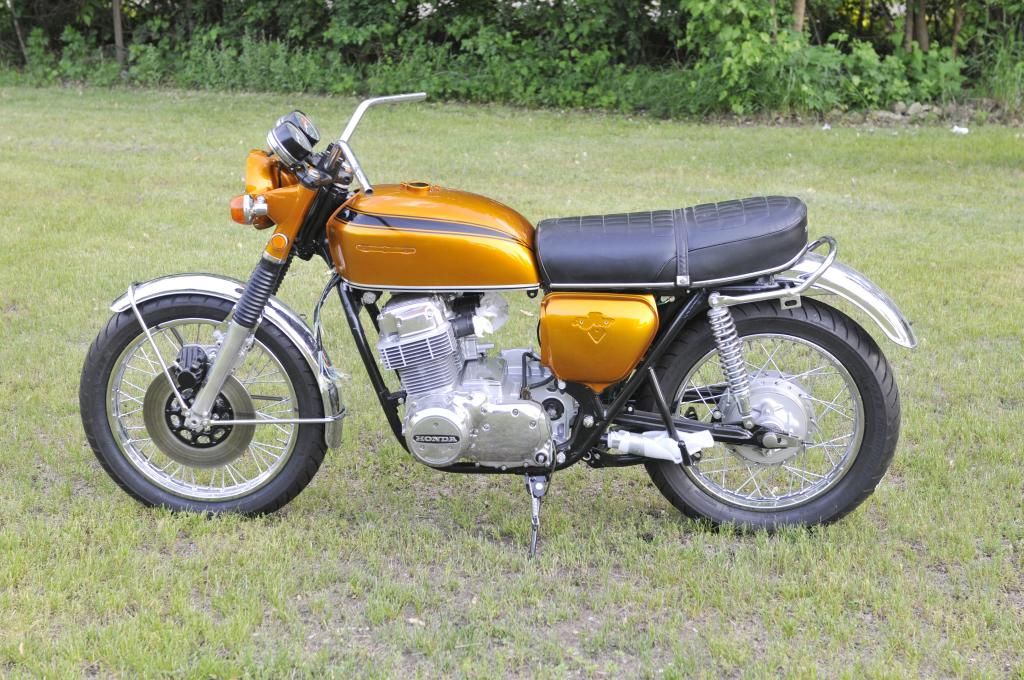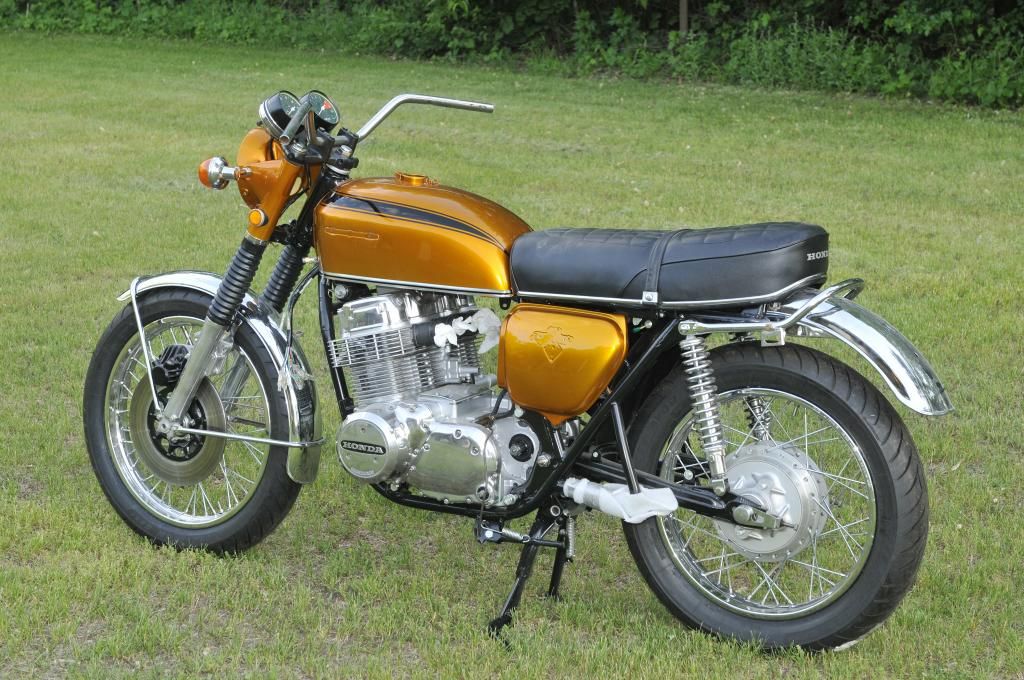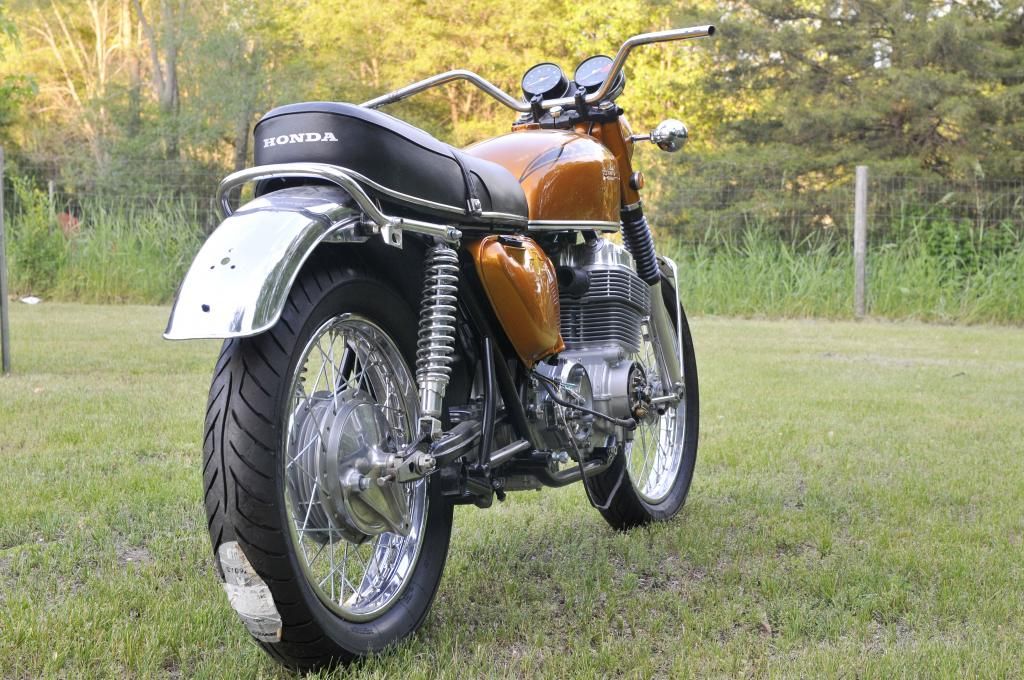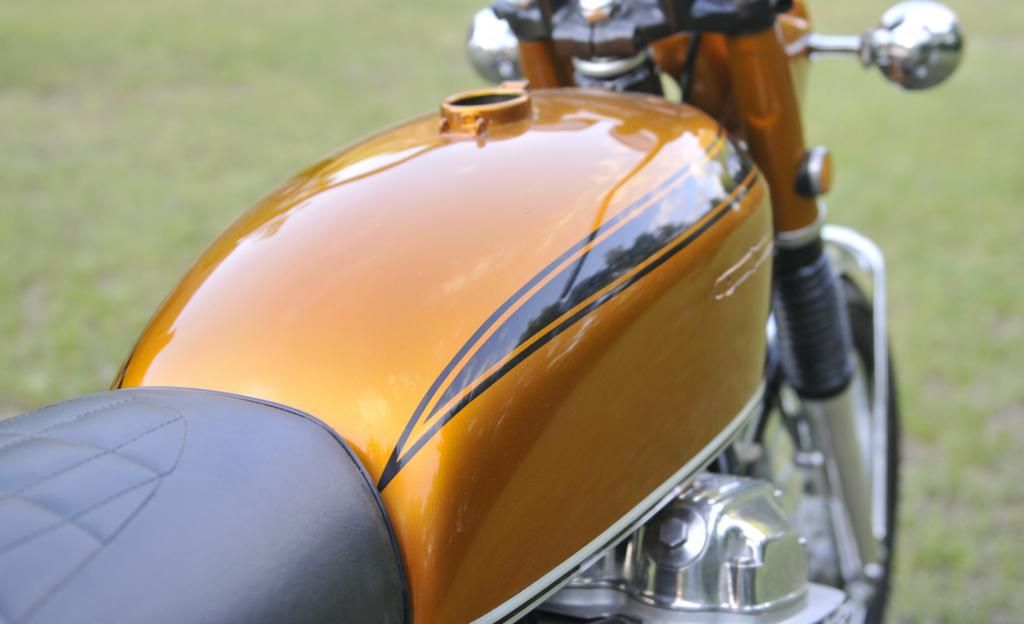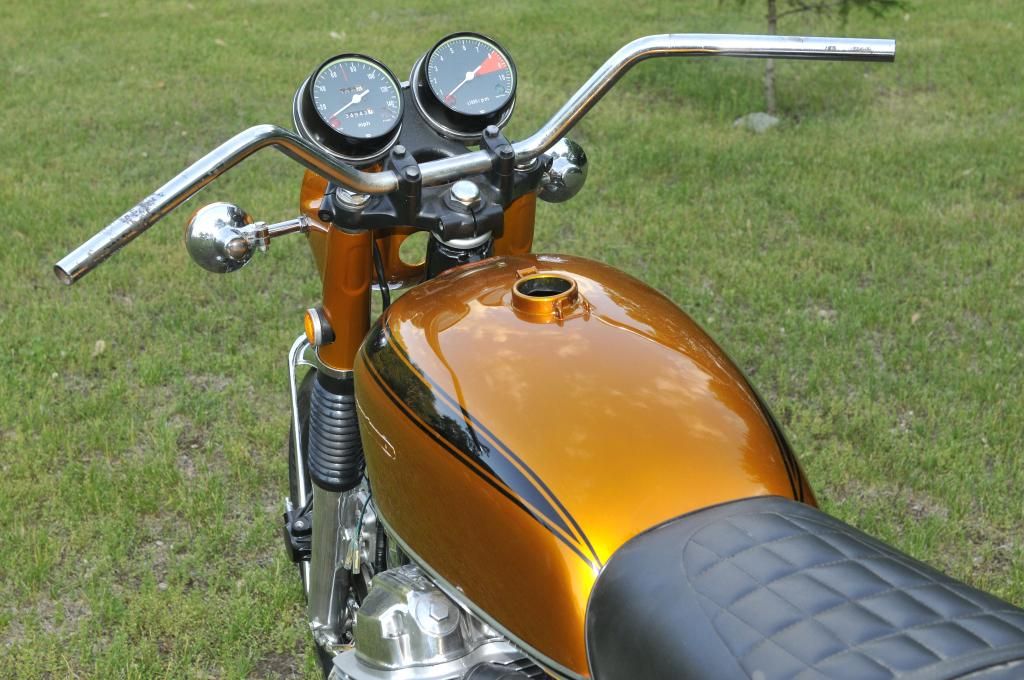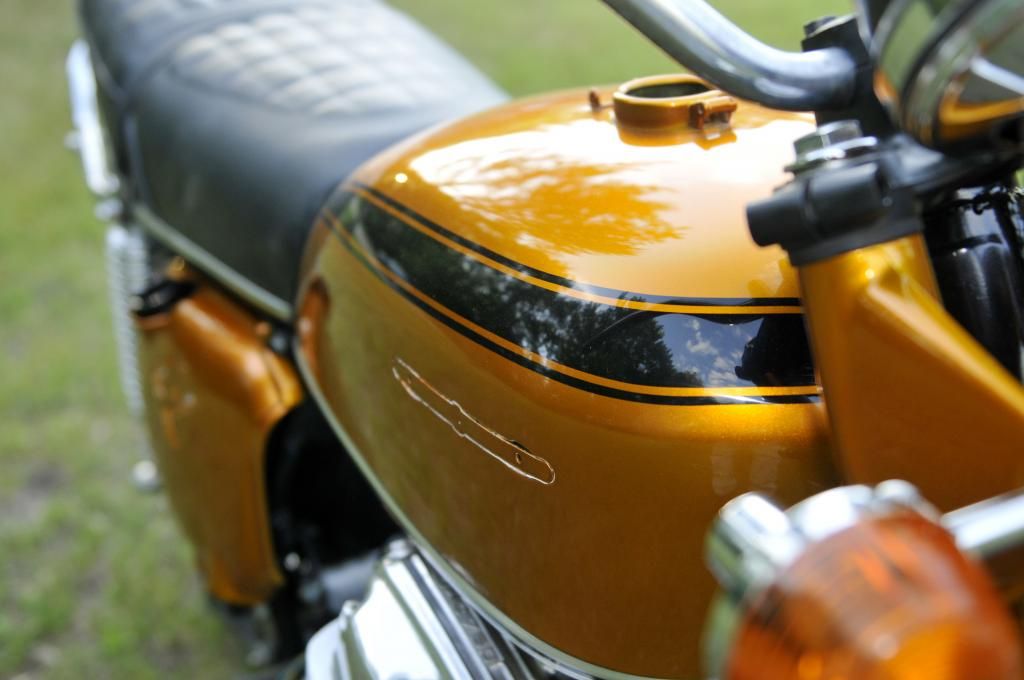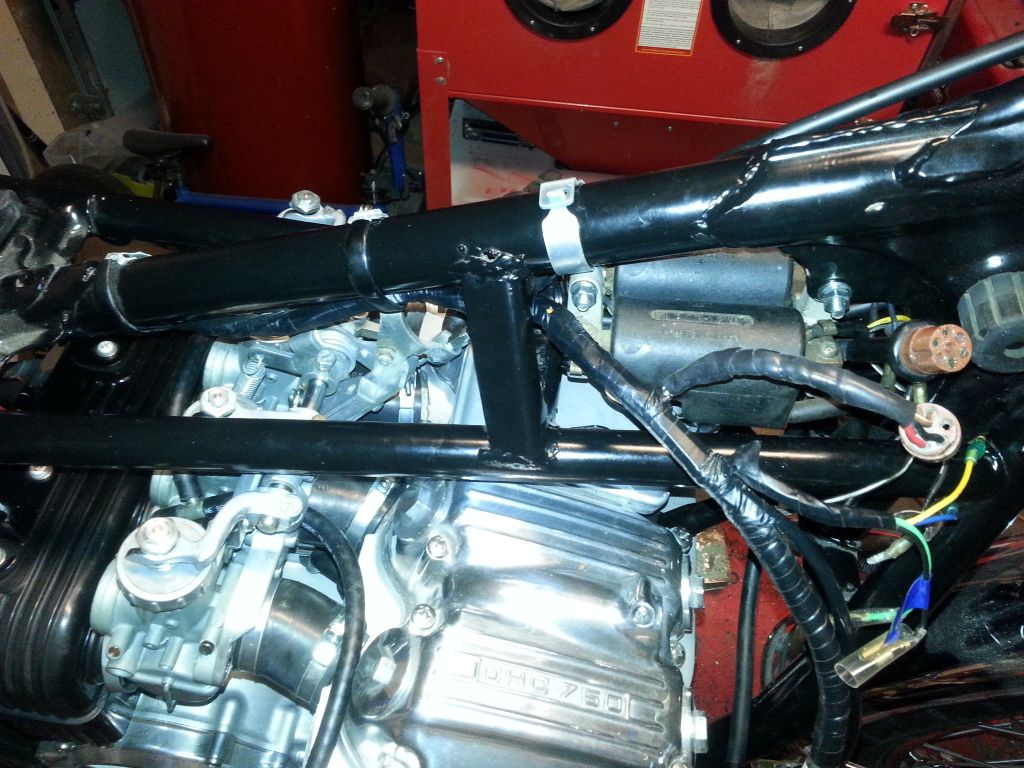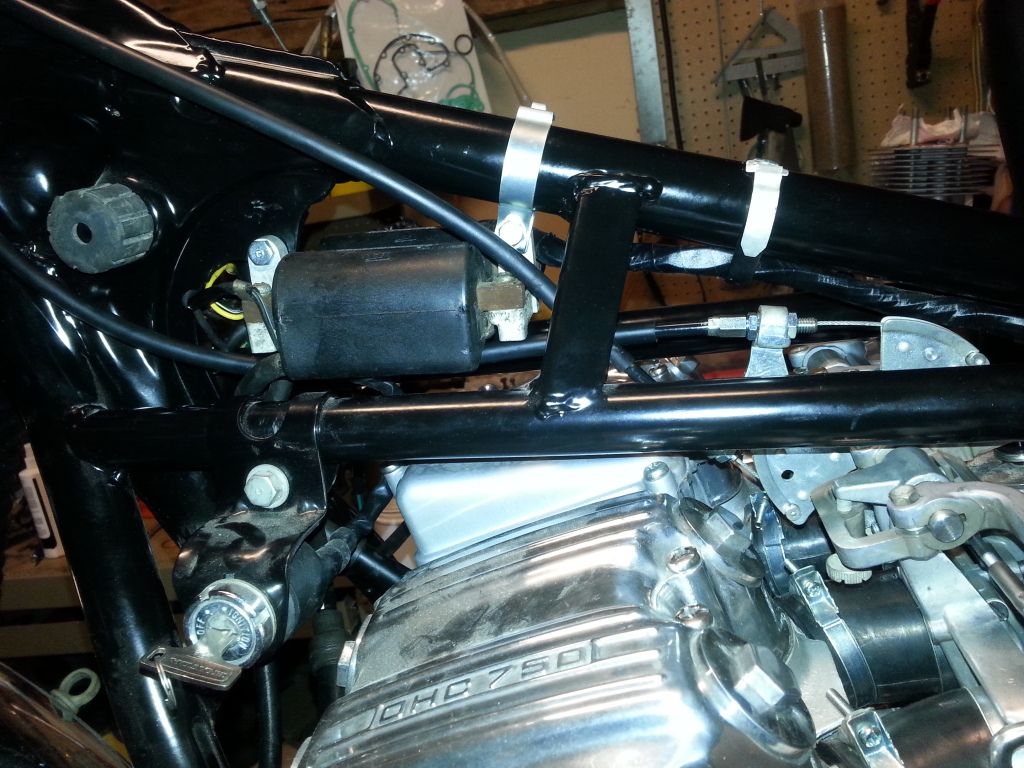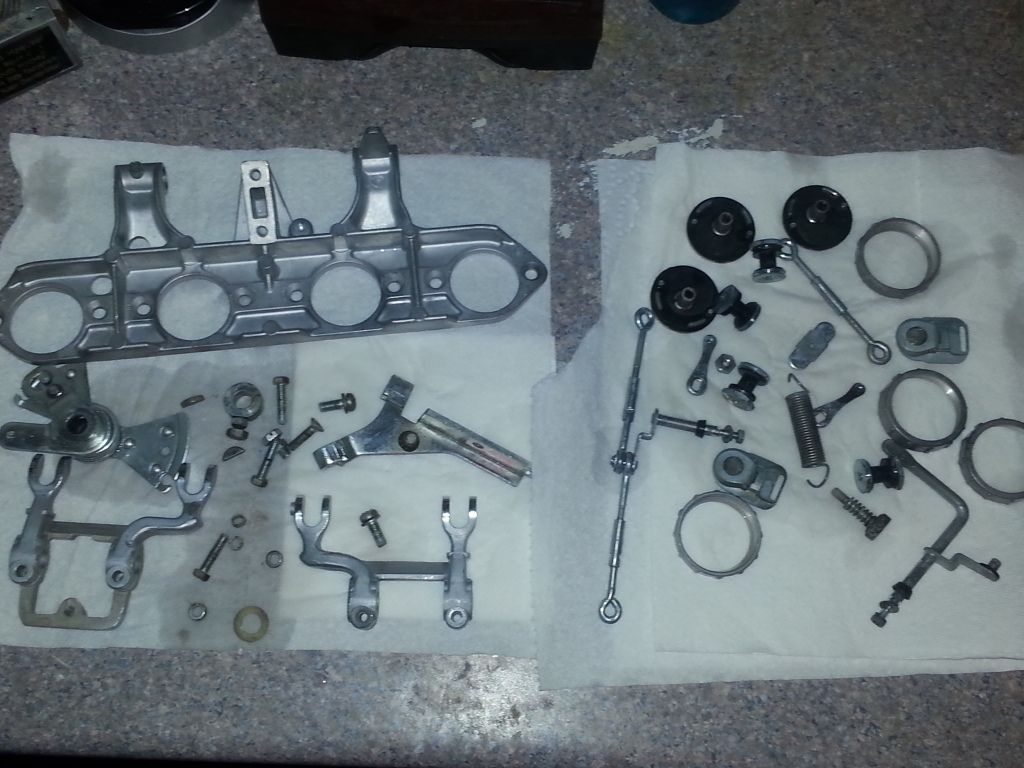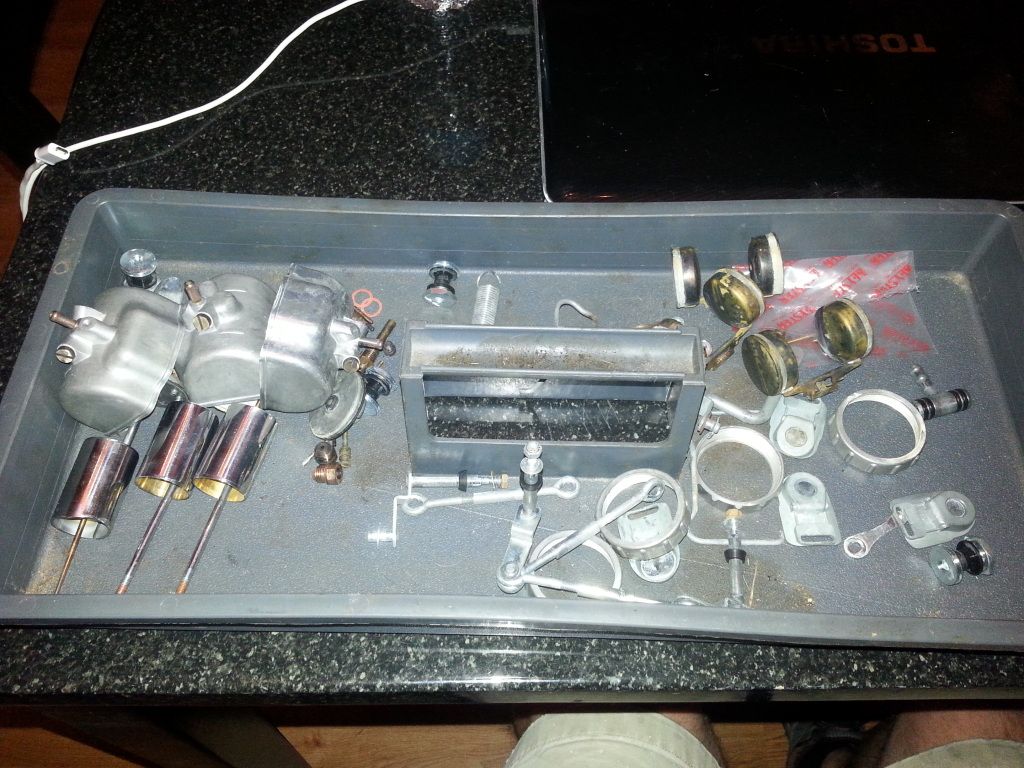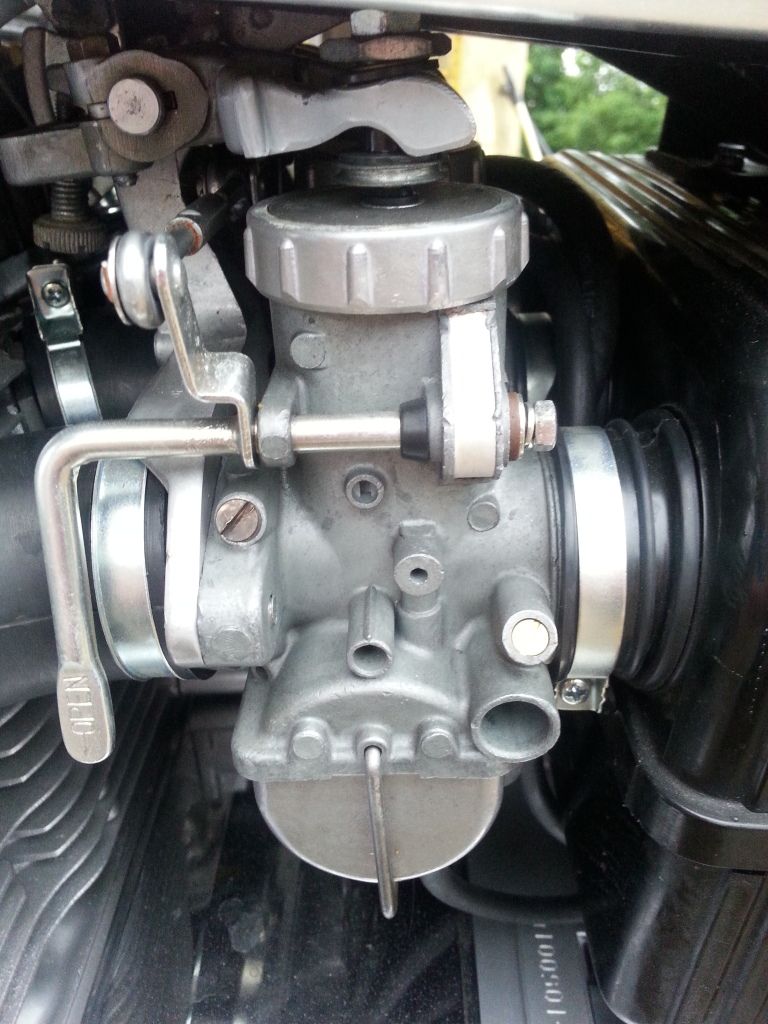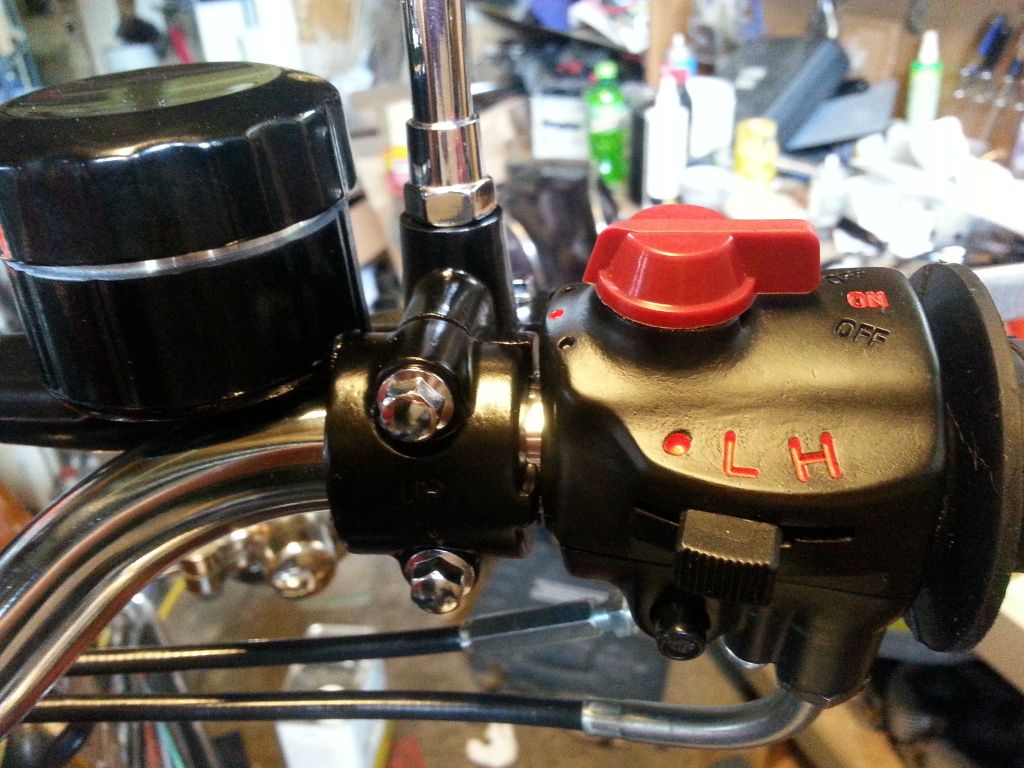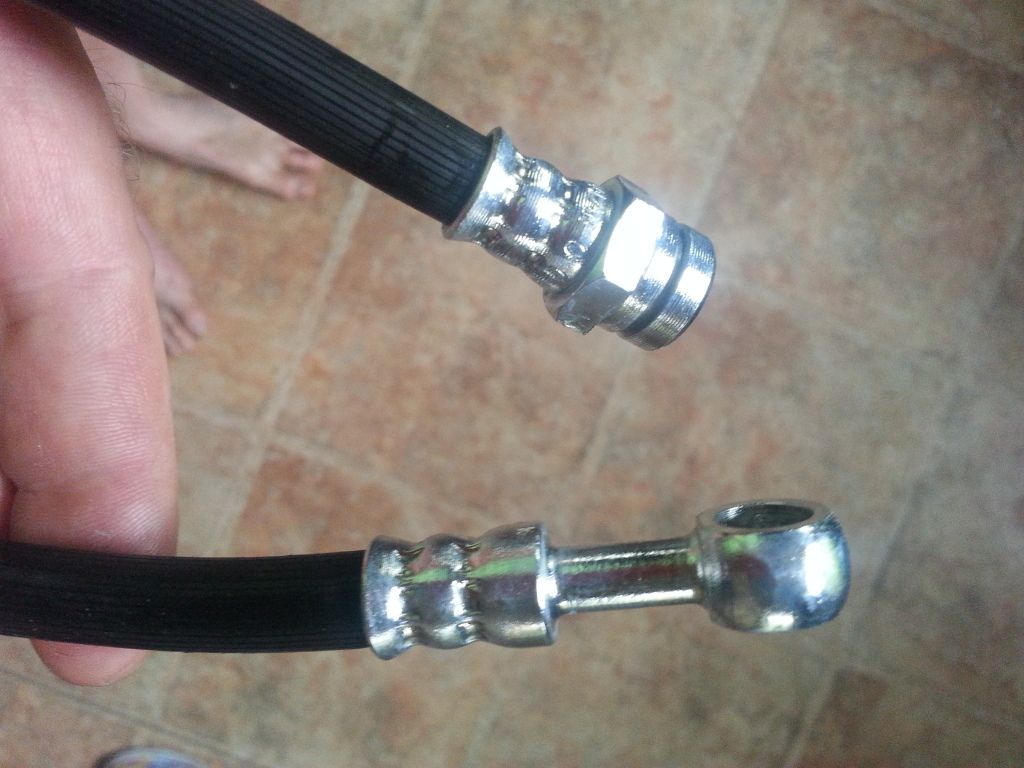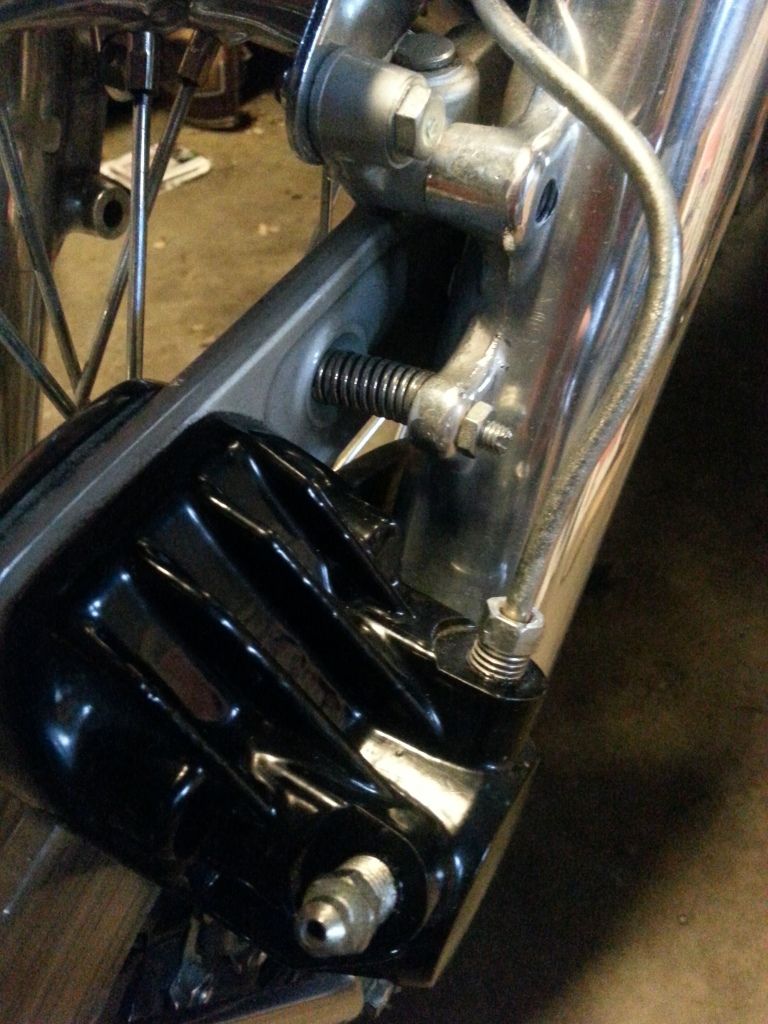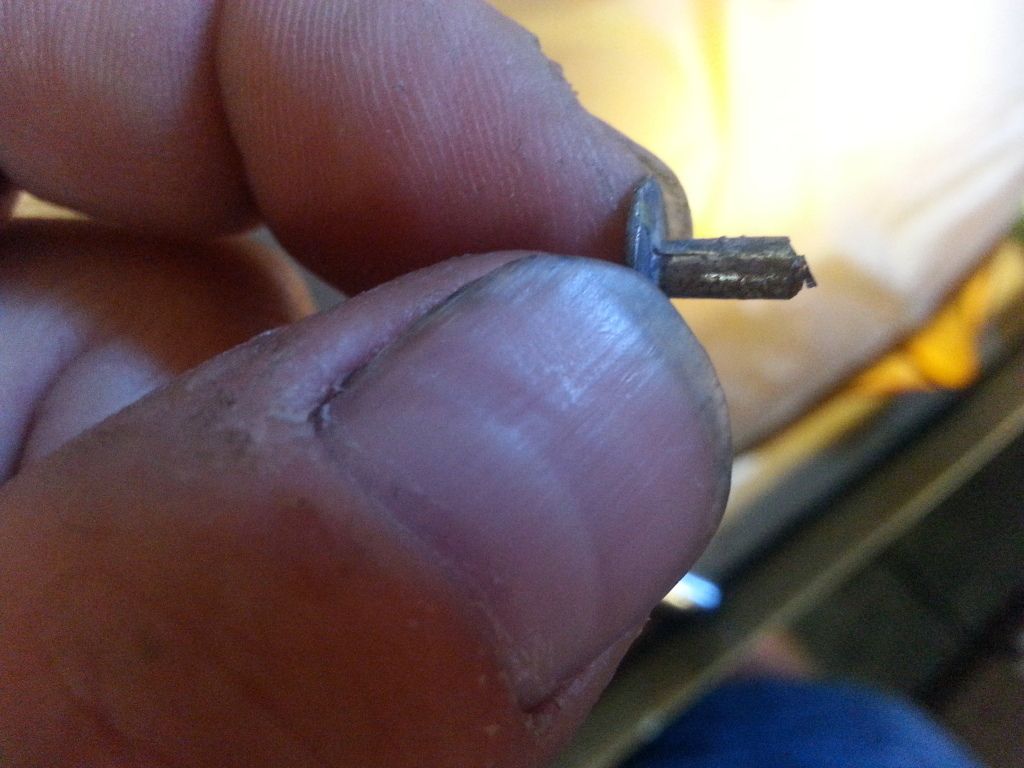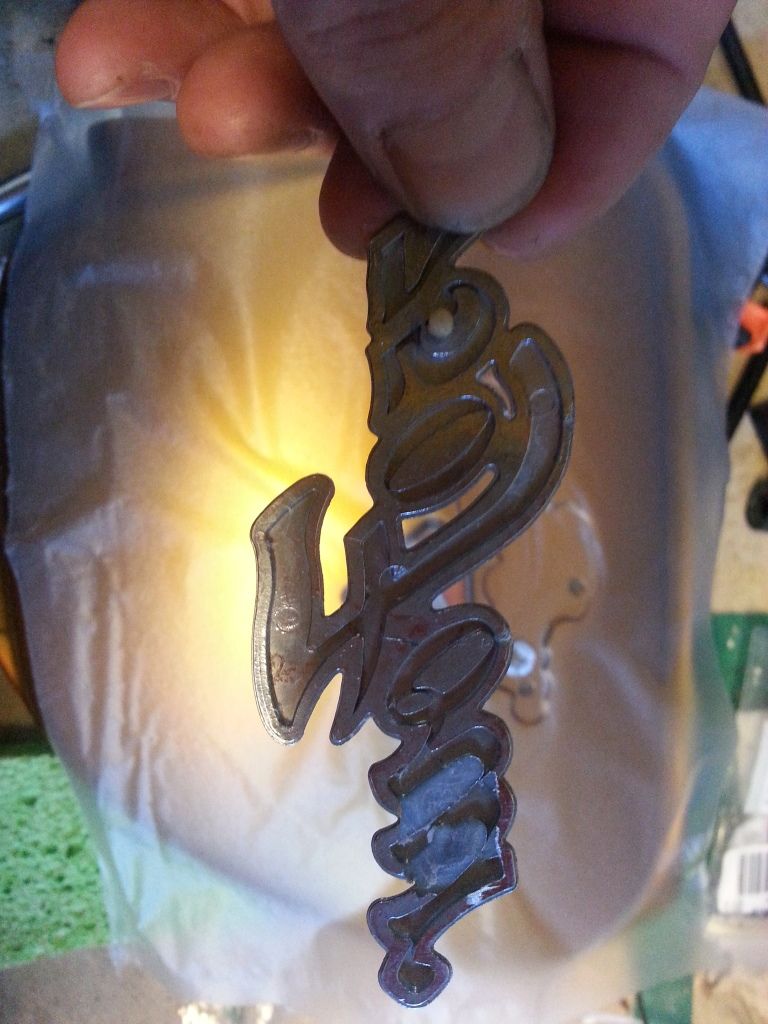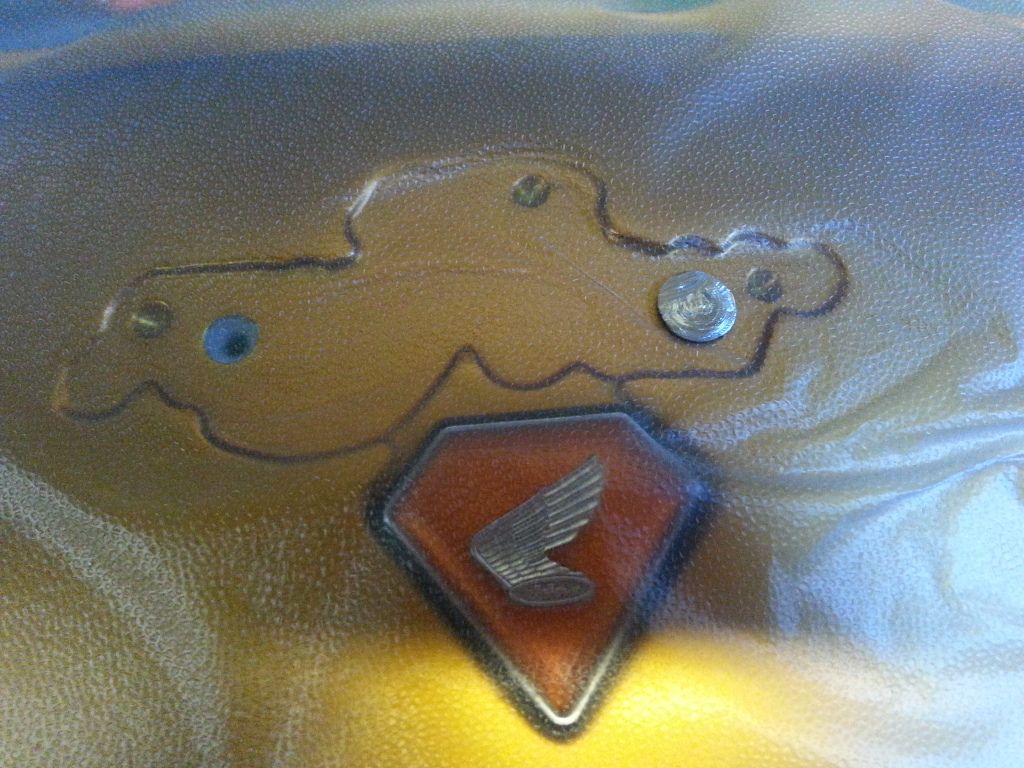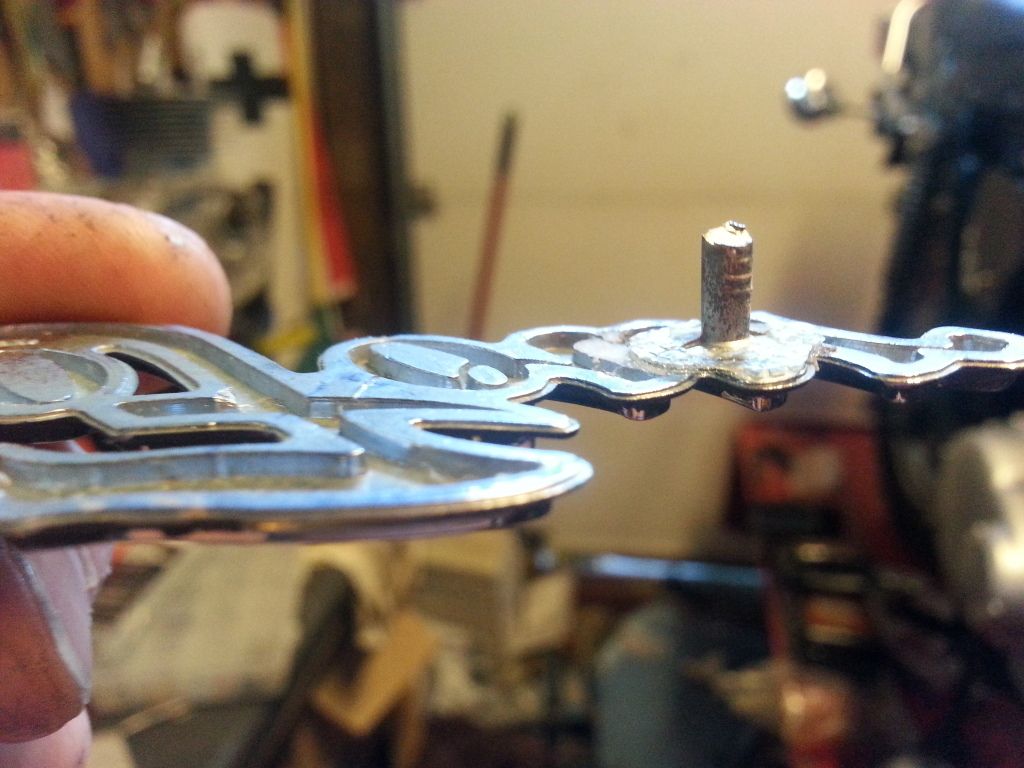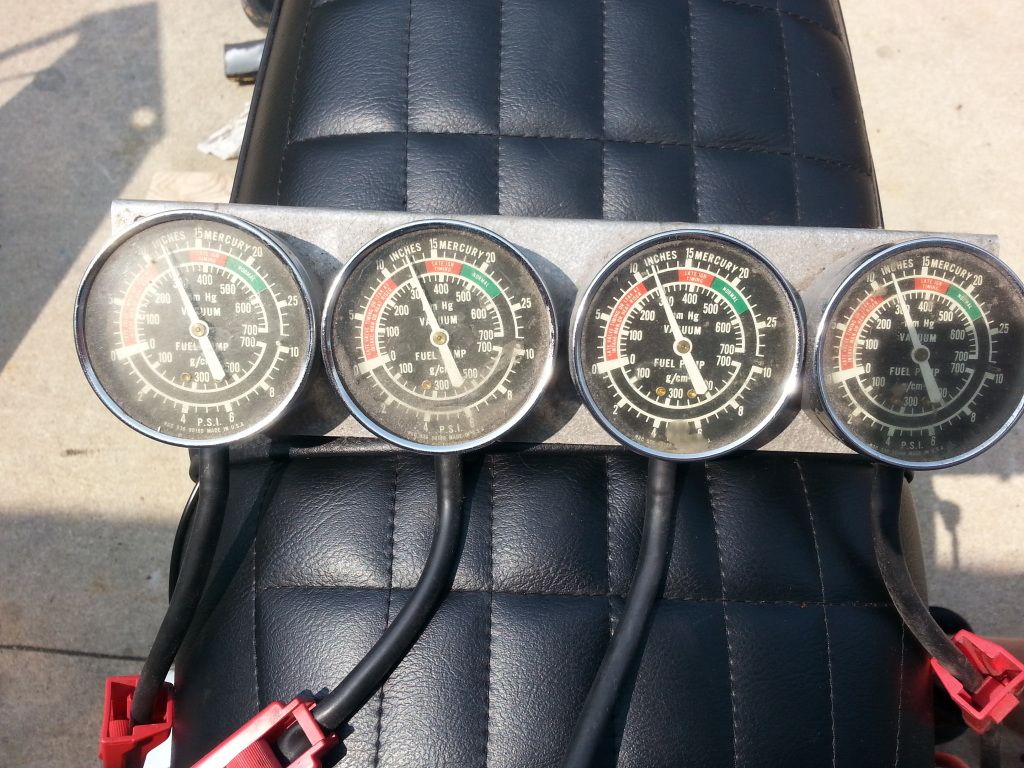Re: 1971 CB750 K1 Rider Resto
This is going to be a loooonnnnggg picture intensive post. It has been over two months since I have updated this thread because I was waiting until I had the painting finished so that I had something of substance to post.
After much gnashing of teeth, wailing, and using the name of god in vain, my painting is nearly finished. The tank is finished. I have yet to decide if I am going to do a little more work on the side covers. They are pretty good, but the tank turned out pretty darn nice in the end. I am my own worst critic....especially when it comes to paint...just ask my wife. She rolls her eyes when I point out what I see wrong with a paint job that I have done.
Oh, I have to mention, I am on glass three of a good bottle of Pinot Noir, so I may ramble just a bit.

I have done a fair amount of painting in the past, but this is the first time I have ever attempted painting a candy paint. I must say' that at times, it was a very frustrating experience with a steep learning curve. Unfortunately, this is some expensive paint to be wasting on mistakes. I think I have the process pretty much down now. The only thing that is holding me back now is the total elimination of dust. Normally, a little dust is not that big of a deal with paint that is totally opaque. One can just wet sand the clear coat until it is smooth and then buff it out. No harm no foul, and you would never know that there was an issue to begin with. Not so with candy paint. the candy layer of the paint is translucent, and any dust will cause variations of the thickness of the paint around the dust particle, which will cause the paint to darken in that area. This is very noticeable and bothered me to no end. I did find that one can carefully wet sand the candy coat...and even the clear, to sand this high area down and even out the color around the dust. You have to be very careful so you don't over sand the clear and remove some of the candy layer. If you do, you will end up with a lighter colored area.
I ended up with a total redo on the tank, and a long process the second time around. The first issue I had was that I tried to paint an epoxy sealer, followed immediately with the candy base, candy, and clear. The sealer did not lay perfectly flat, which carried through to the final finish. I could tell that the base color was not totally smooth. Reason number one for a redo. The second problem was the dust issue and the discoloration associated with it. I debated leaving well enough alone, and my wife was actually kind of irritated that I had reservations about letting this paint job out of the garage. In the end, I just could not accept what I had, and ordered some more paint. I have to say that I am very happy with the redo. Money well spent in my opinion.
On to the painting process and some pictures.
The first thing I did for the paint job was to build a temporary paint booth. This was somewhat successful, but really cemented the idea that I need to build a proper positive pressure booth if I am going to continue to to do this.
Here are a few pics of the temporary booth that I constructed. It is built to be taken down when not in use and I am able to set it up again in about a day.
A friend of mine gave me this air filtration unit for my booth. I had it set up to suction the air out. This became a problem. Every time I opened the door, air would rush in the booth....carrying dust with it.
The other side showing the intake filters
Here is the tank with primer and a coat of guide coat black to assist with seeing any imperfections while block sanding. The guide coat is the black speckles on the primer. Works great. As you block sand the primer, if you sand down to metal yet have a low area where you can still see the speckles, you need to shoot another coat of primer....over and over...until you can block sand the guide coat until it is completely gone without exposing any metal.
Next set of images is the first try with the candy paint shot wet over the epoxy sealer. I have done this in the past with out any issues. This time, I was not happy with the results.
Turned out OK, but not good enough
Take two.
I ordered more paint and started over with the tank. I wet sanded down until I was back to the candy base coat and started over. now, when I shot the new base coat, it was perfectly smooth from the start. I started having issues with dust, and the associated color issues with the candy layer so I stopped after the second coat of the translucent candy paint and walked away for the night. The next day, I did a light wet sand to take off the high spots and continued on. I shot two more coats of the candy paint followed by three coats of clear.
This is the result.
Not bad, but again, I had a few dust spots to contend with. With some very careful sanding, I was able to sand down to where I just took of the high spots in the candy without really touching the candy coat. I don't know if this makes any sense or not, but I was sanding the clear and only touching the high spots of the candy coat that protruded above the rest of that layer. Keep in mind, that these spots were not that noticeable to begin with. Who knows, maybe I am the only one who would have noticed. Now I had a surface ready for the stripes.
I used my vinyl cutter to cut a paint mask for the stripes.
Kind of hard to see, but you can just make out the stripe mask in this image.
After much trial and error, I was able to get the mask to lay correctly on the tank. First I placed the center section on the tank as a guide for the double stripe piece
Then I used masking tape to transfer the stripes to the tank. You need some sort of backing to transfer the stripes or they will not maintain the correct shape and spacing.
Applying the stripes. I only remove a small portion of the paper backing at a time to make handling of the sticky vinyl easier.
Finally, removing the masking tape once the vinyl is in place....notice that I previously removed the white center area also.
Now all I have to do is mask off everything that I don't want to be black.
Ready to paint the stripes
Shot the black
All the masking is removed and almost ready to shoot the last round of clear. The dark patches on the top of the tank are from my sweaty forearms touching the tank while I was trying to get the masking for the stripes to lay down straight. (that was a real PITA by the way) trying to get the paint mask vinyl to lay flat on a compound curve can be quite challenging. So after this, I washed the tank with soap and water, used some wax and grease remover to remove any remaining oils from me touching the surface, blew out any nooks and crannies, and did a final dust removal with a tack cloth. (these steps were followed every time I shot any paint).
And for your viewing pleasure. Here is the final product. Something I am quite happy with.........FINALLY I have way more hours in this than I should.
A few final thoughts on the process. I really wanted to paint the stripes rather than use a decal. I am not sure why. The time involved to cut the masks on the cutter, and especially the difficulty in getting them to lay flat without buckling was problematic. (I cut and used three sets of masks before I got it right...now that I have it figured out, I think it would be a lot faster) If you asked me...."would I go this route again?" before I saw the finished product I would have said "no, it was not worth the extra time involved." But, AFTER I saw the results of my labor, the answer is a resounding YES........It really looks incredible.
More to follow later.....I'm tired and the wine is taking its toll.






